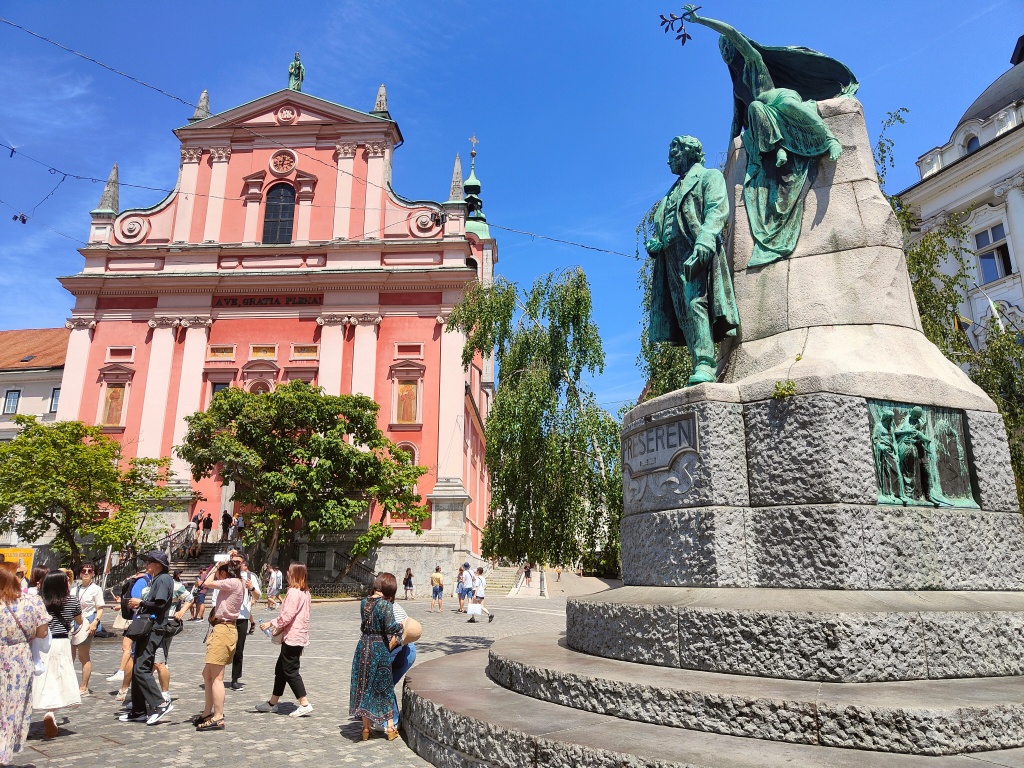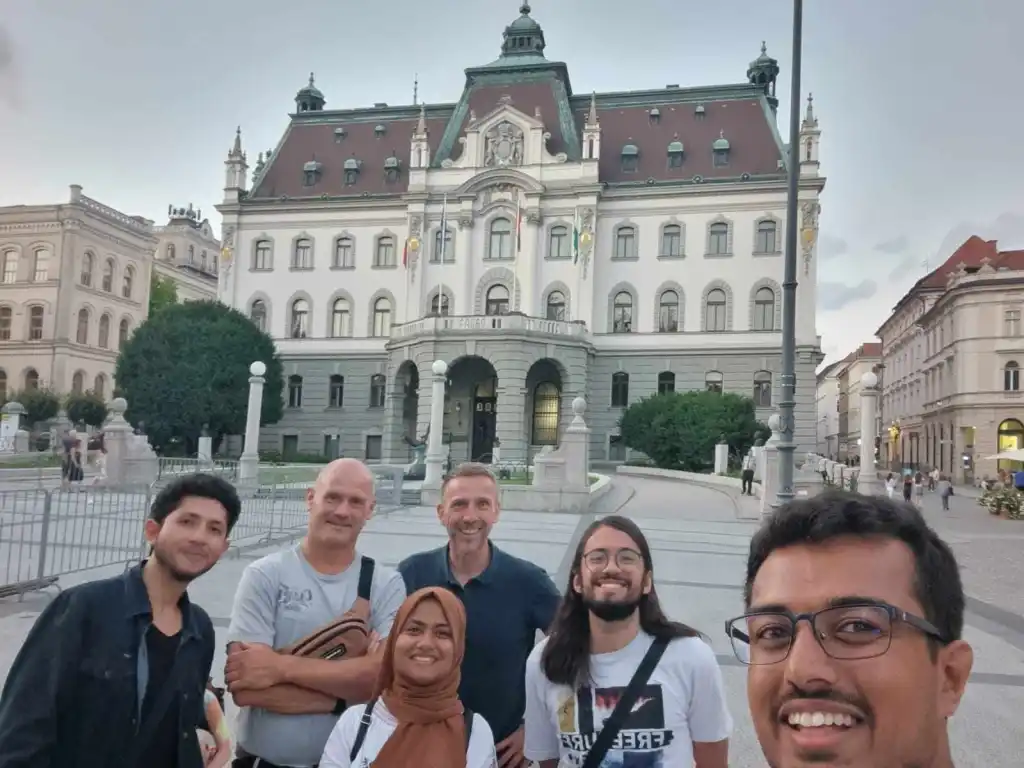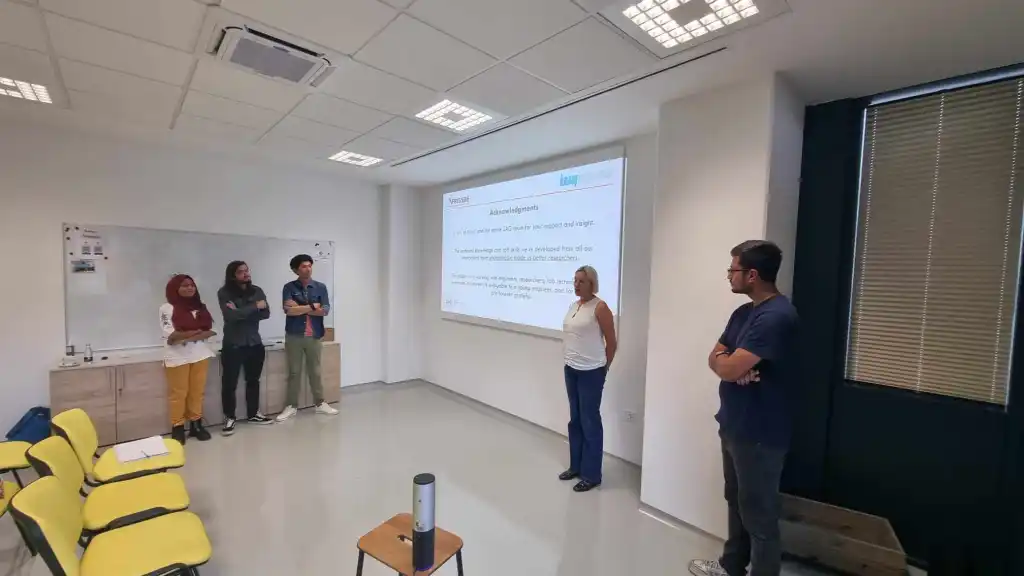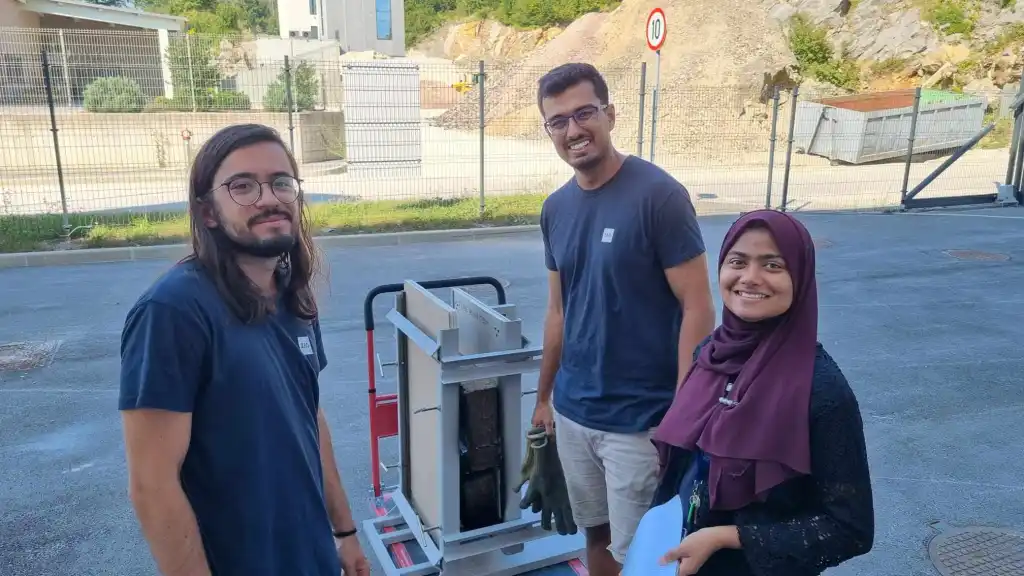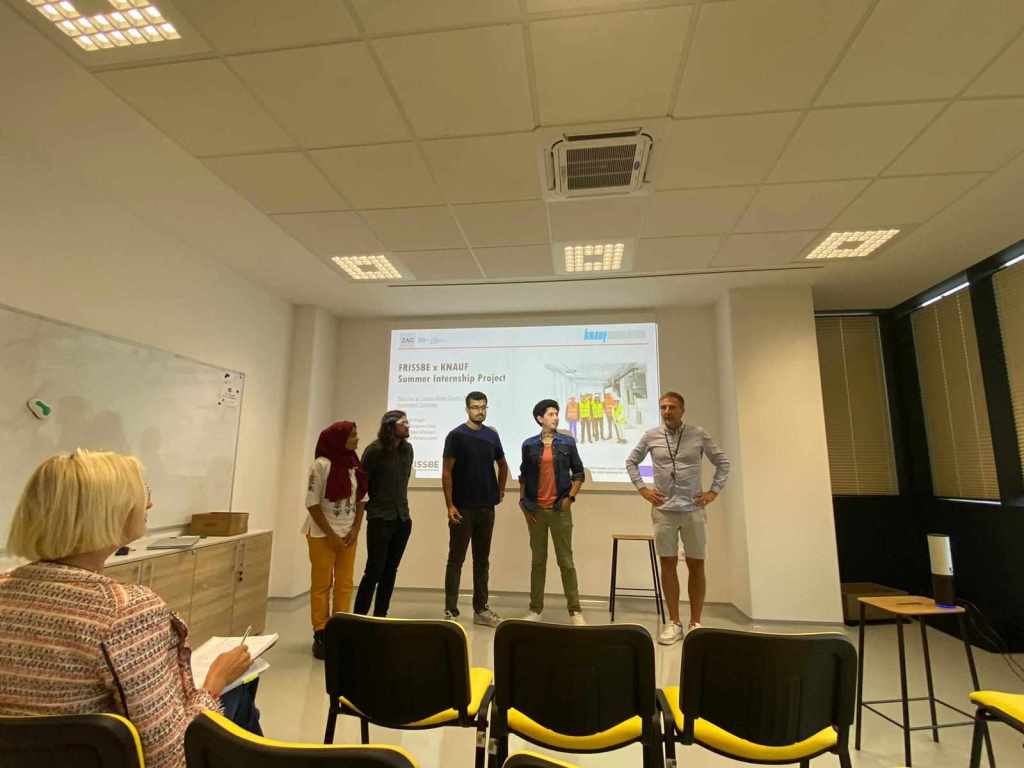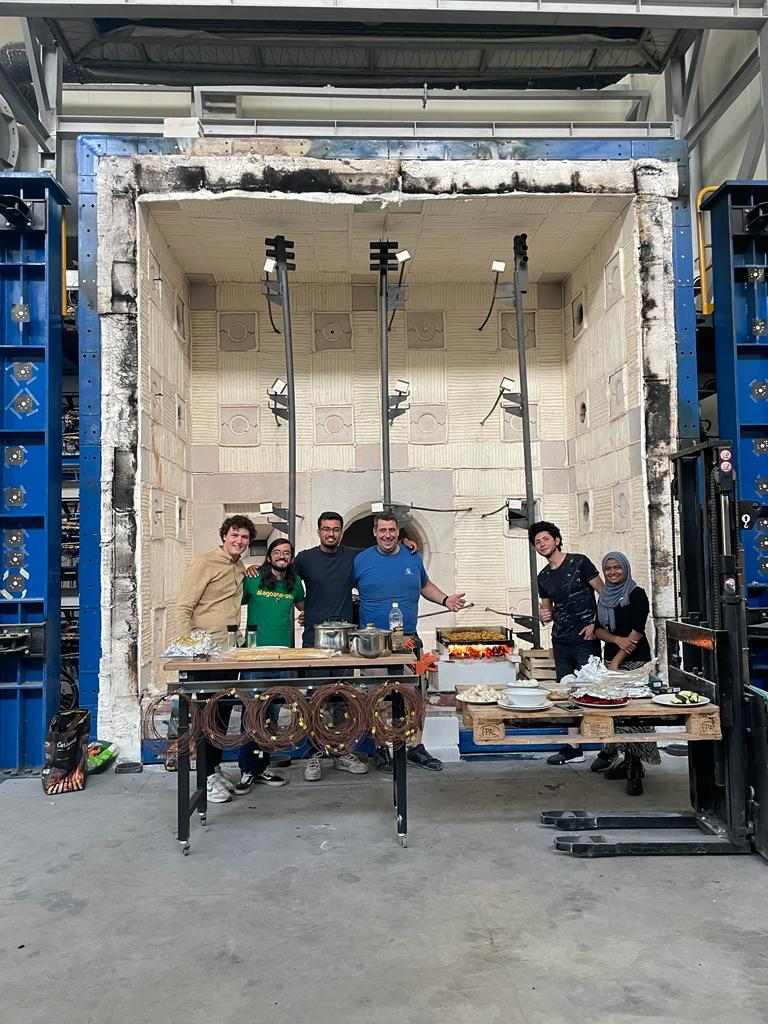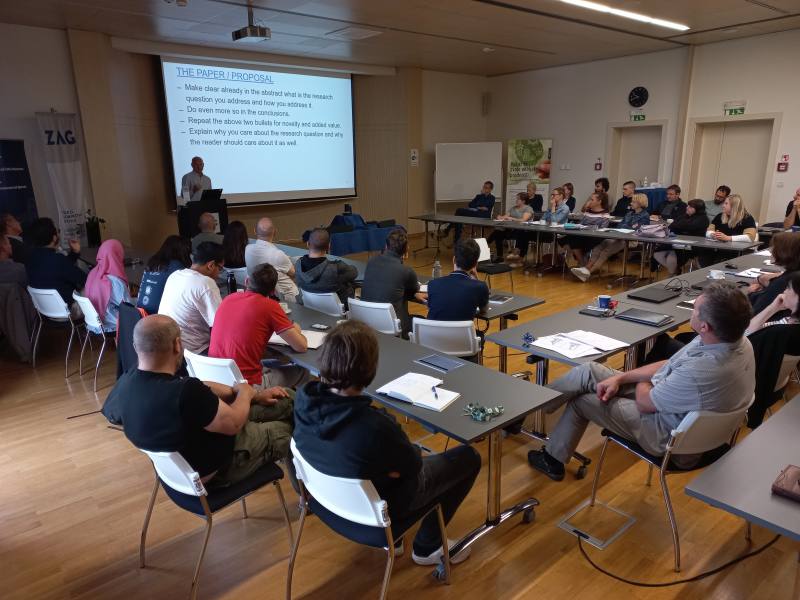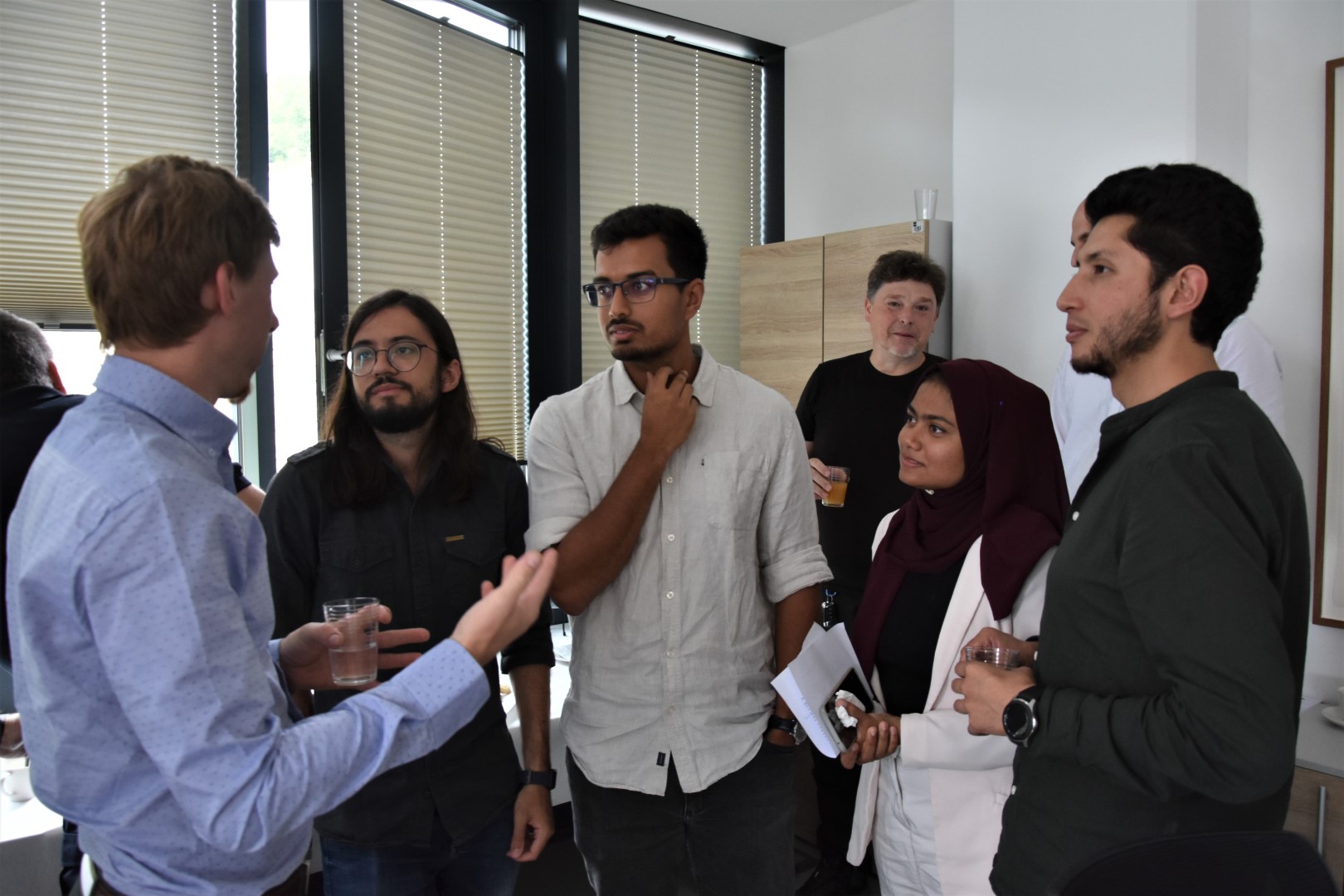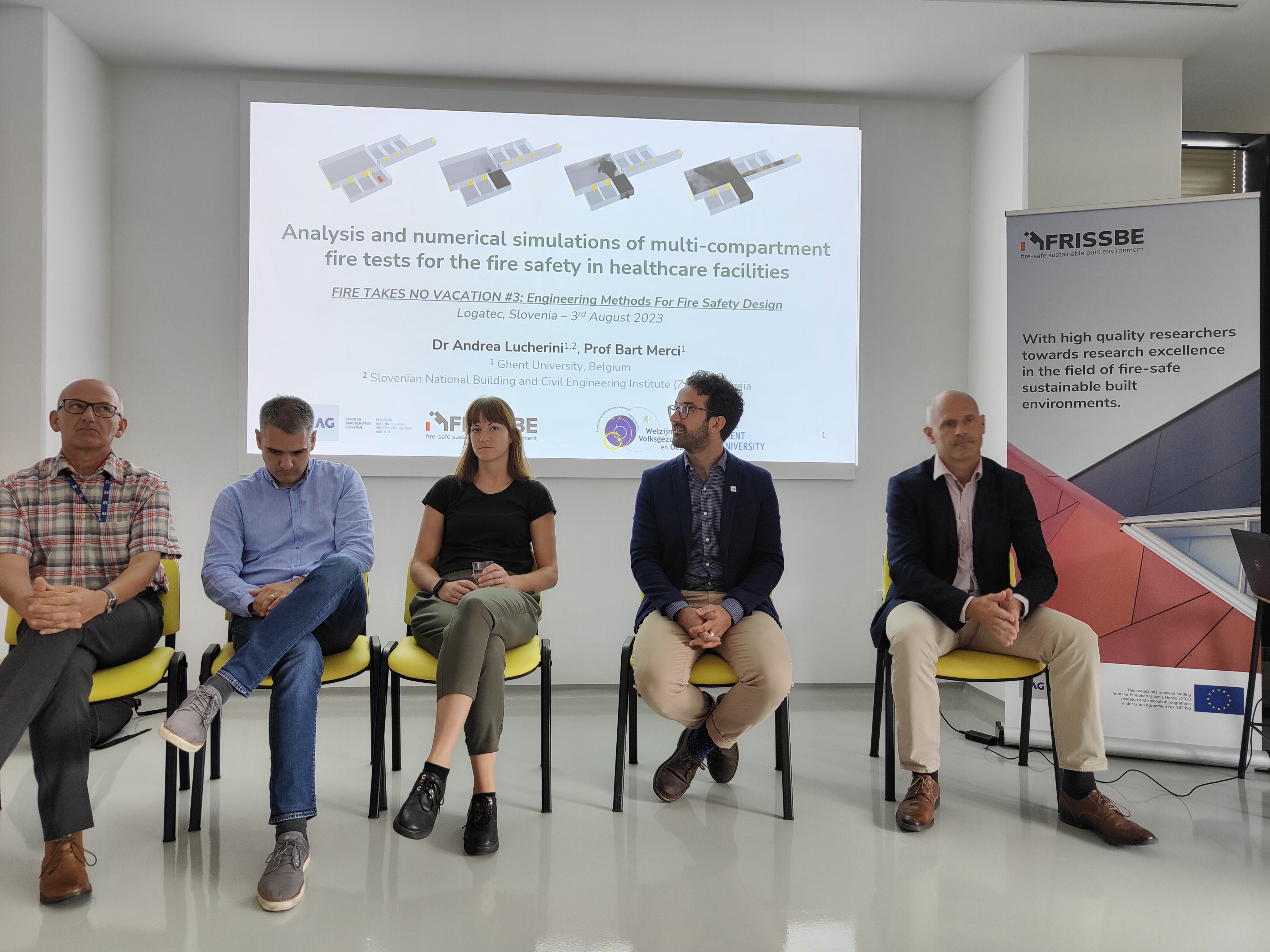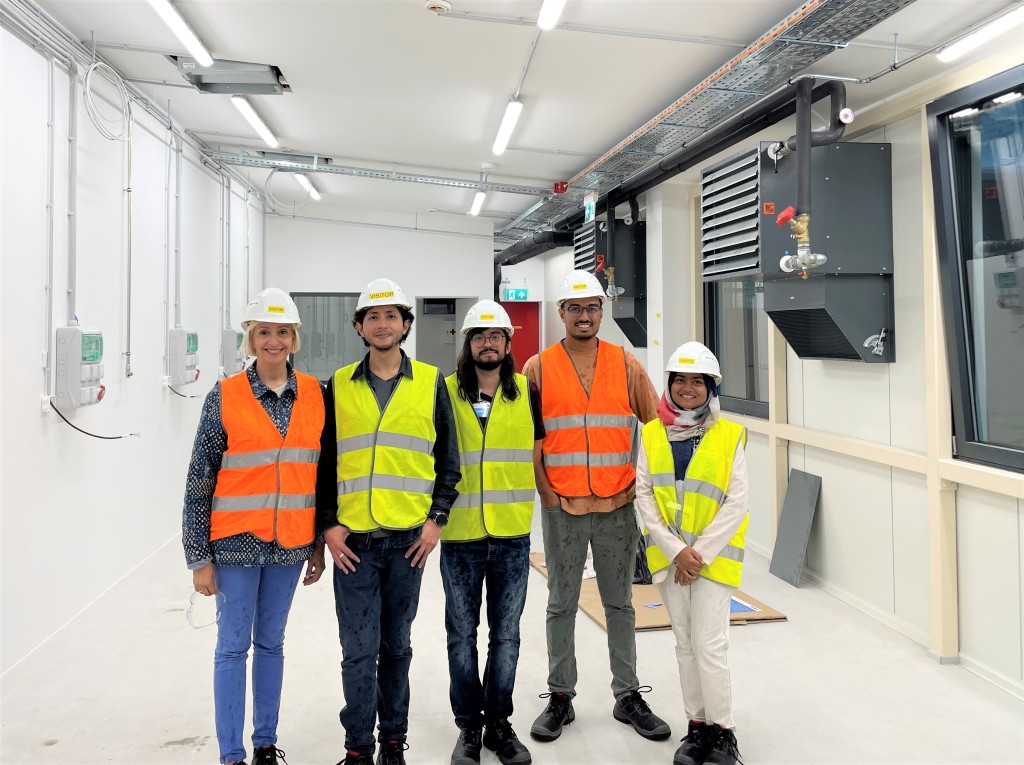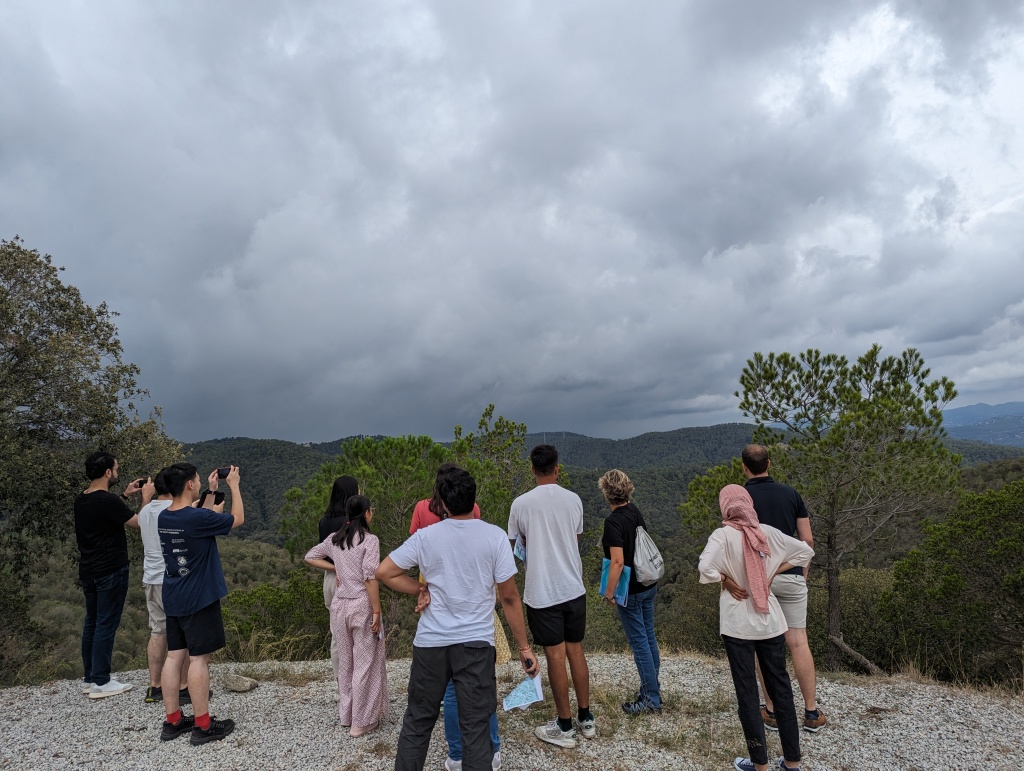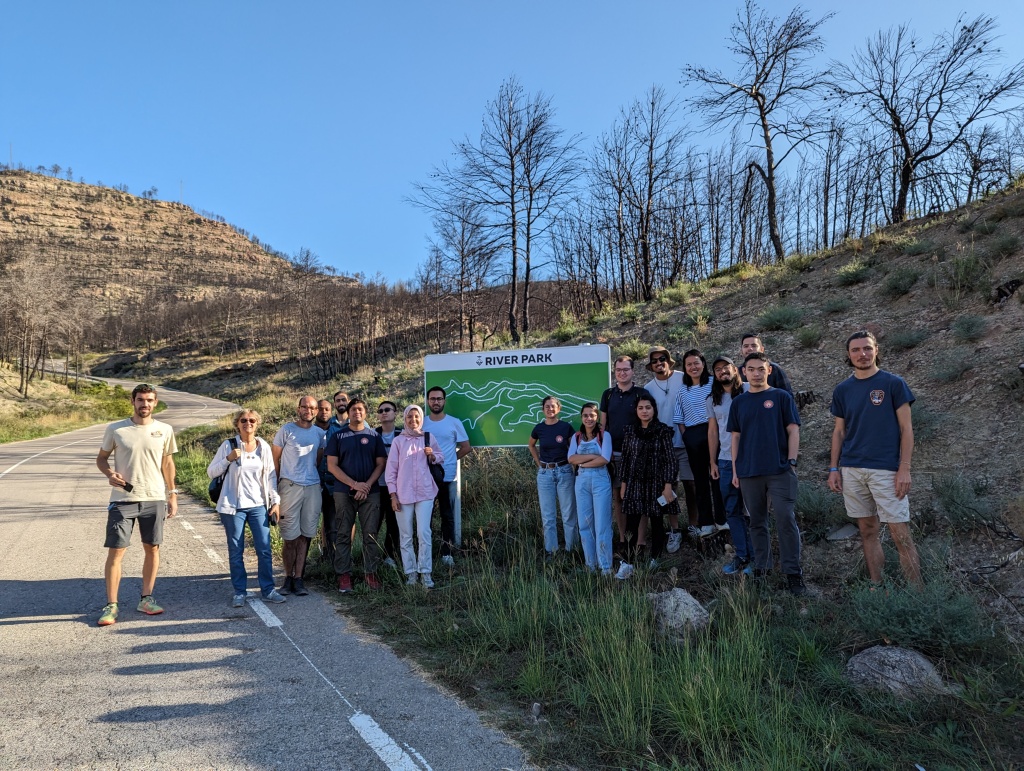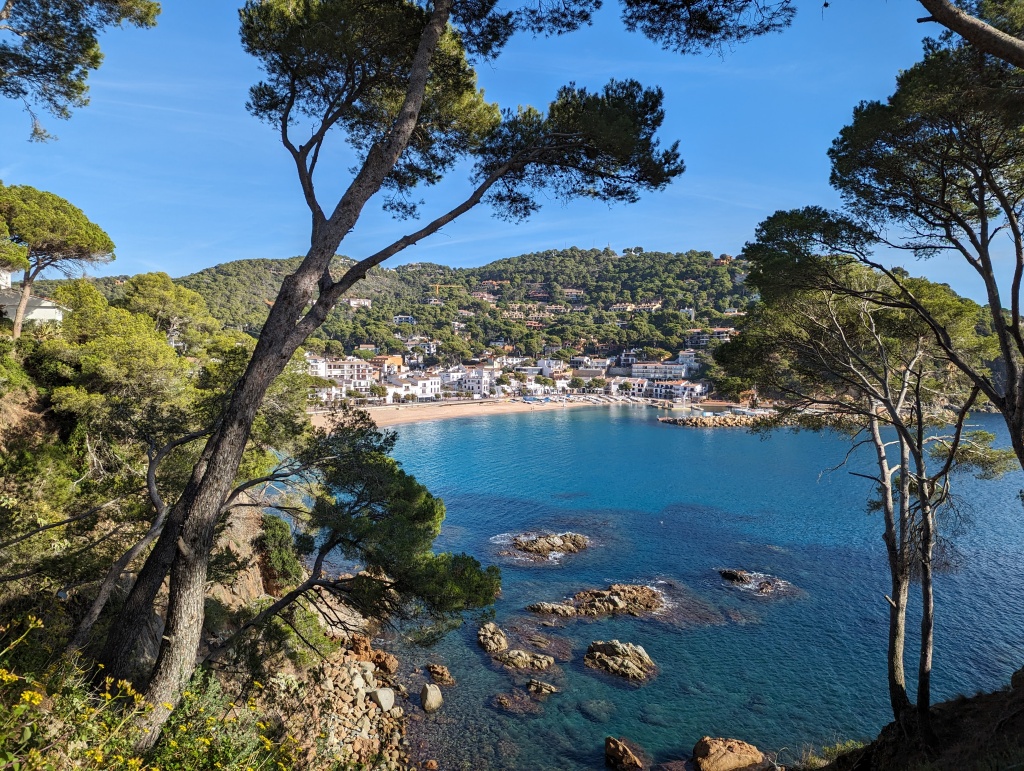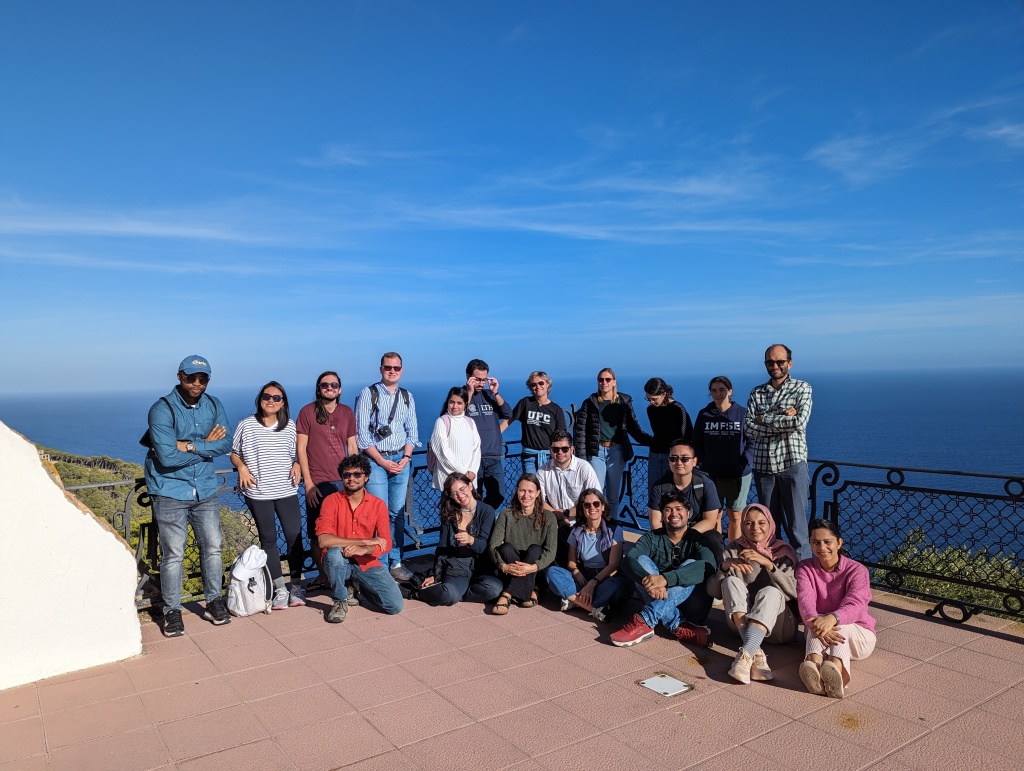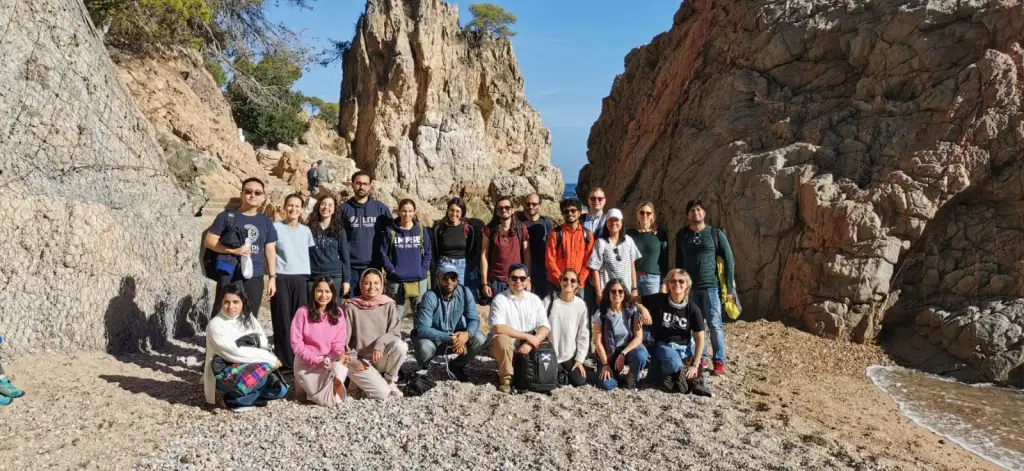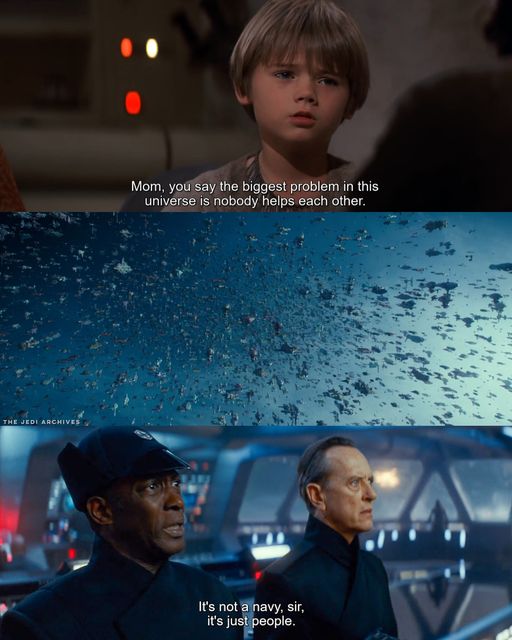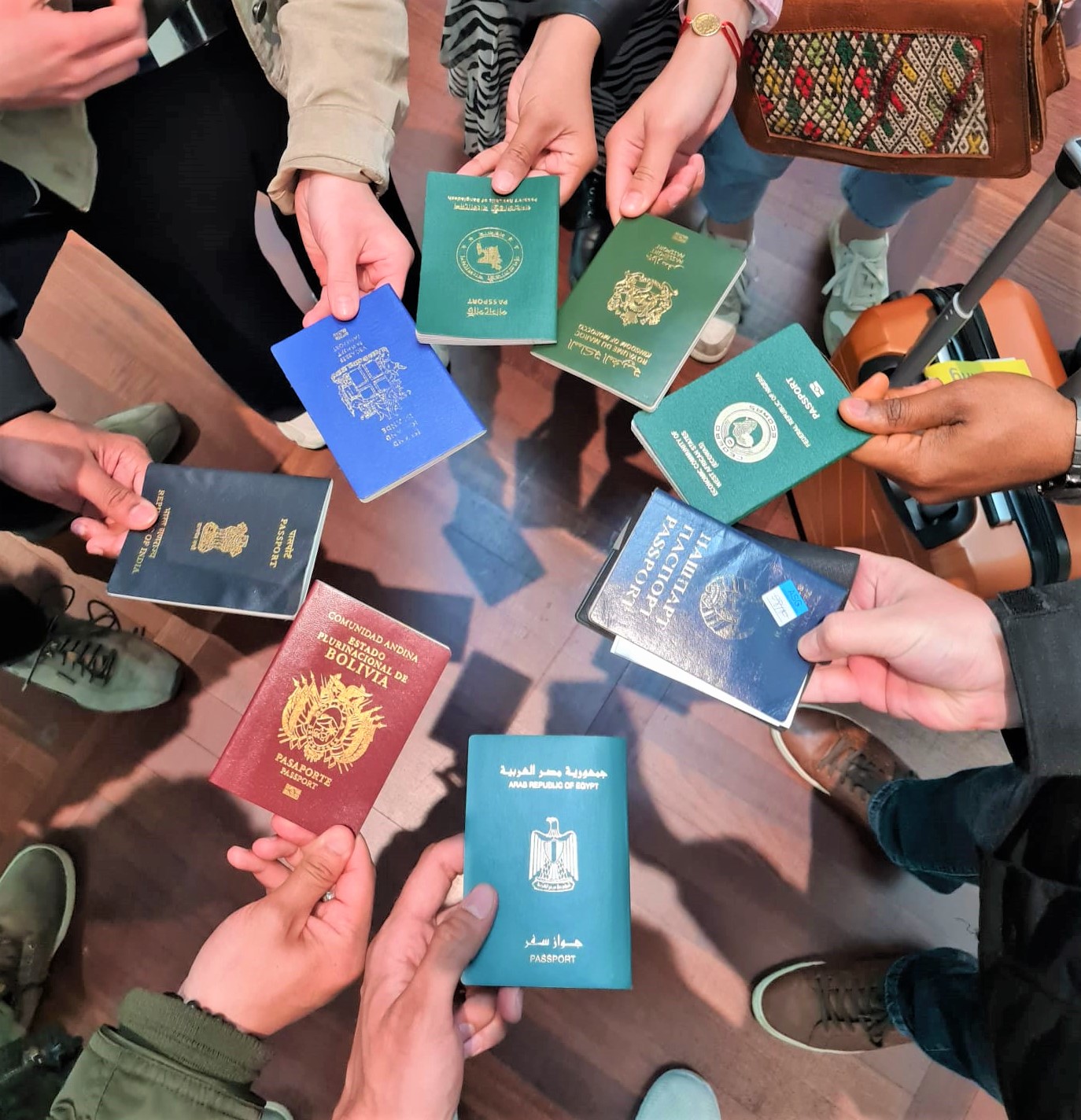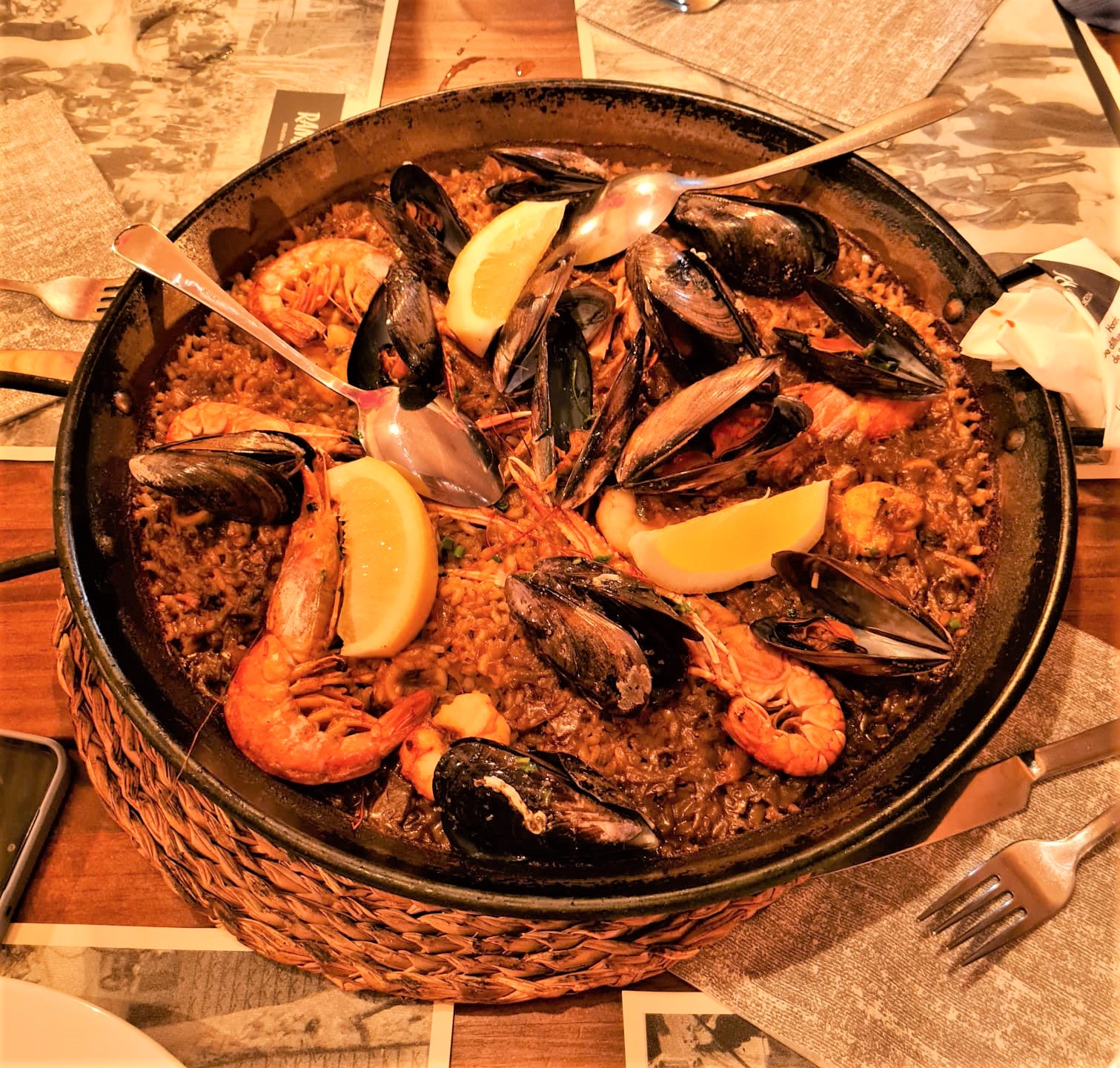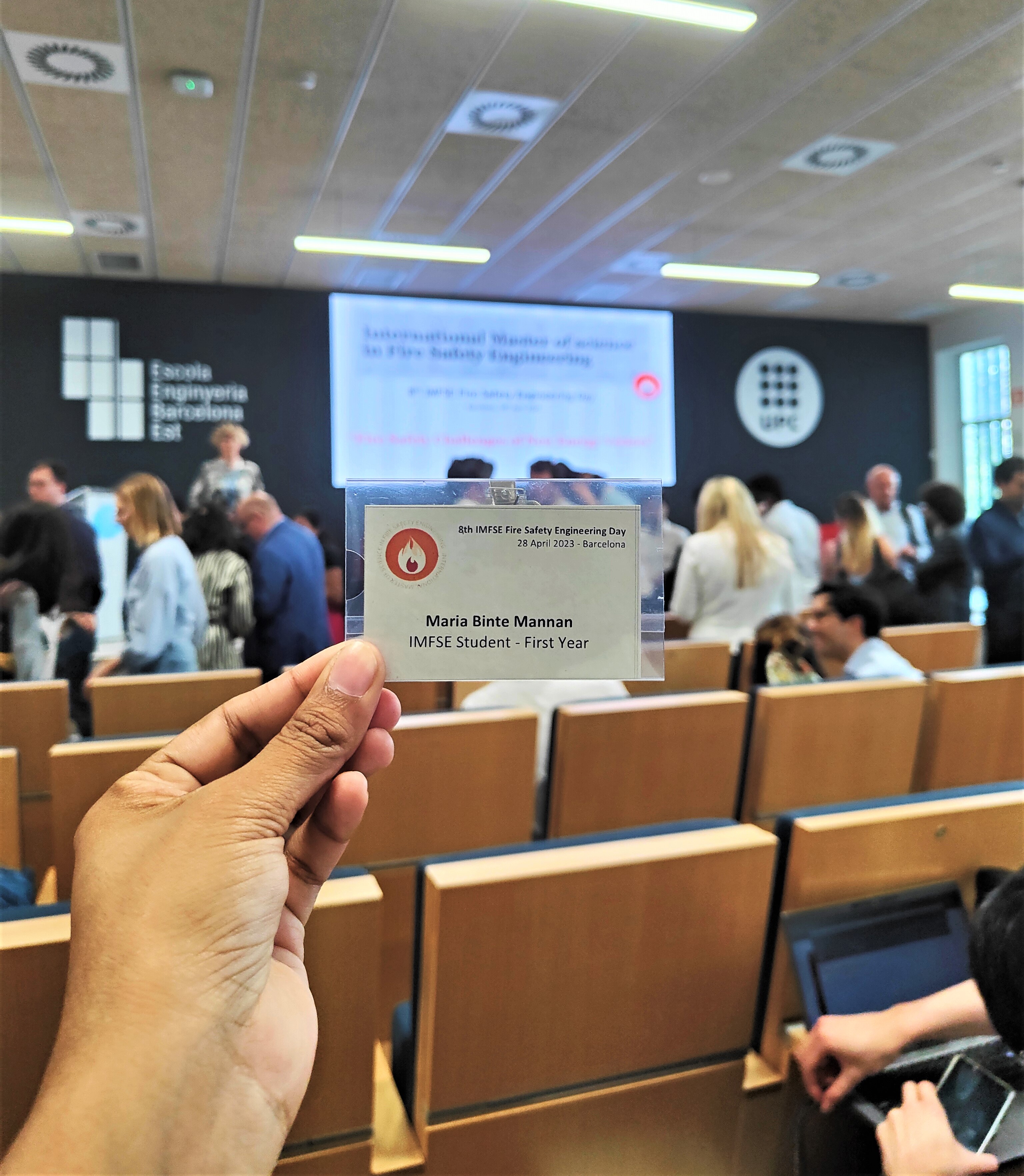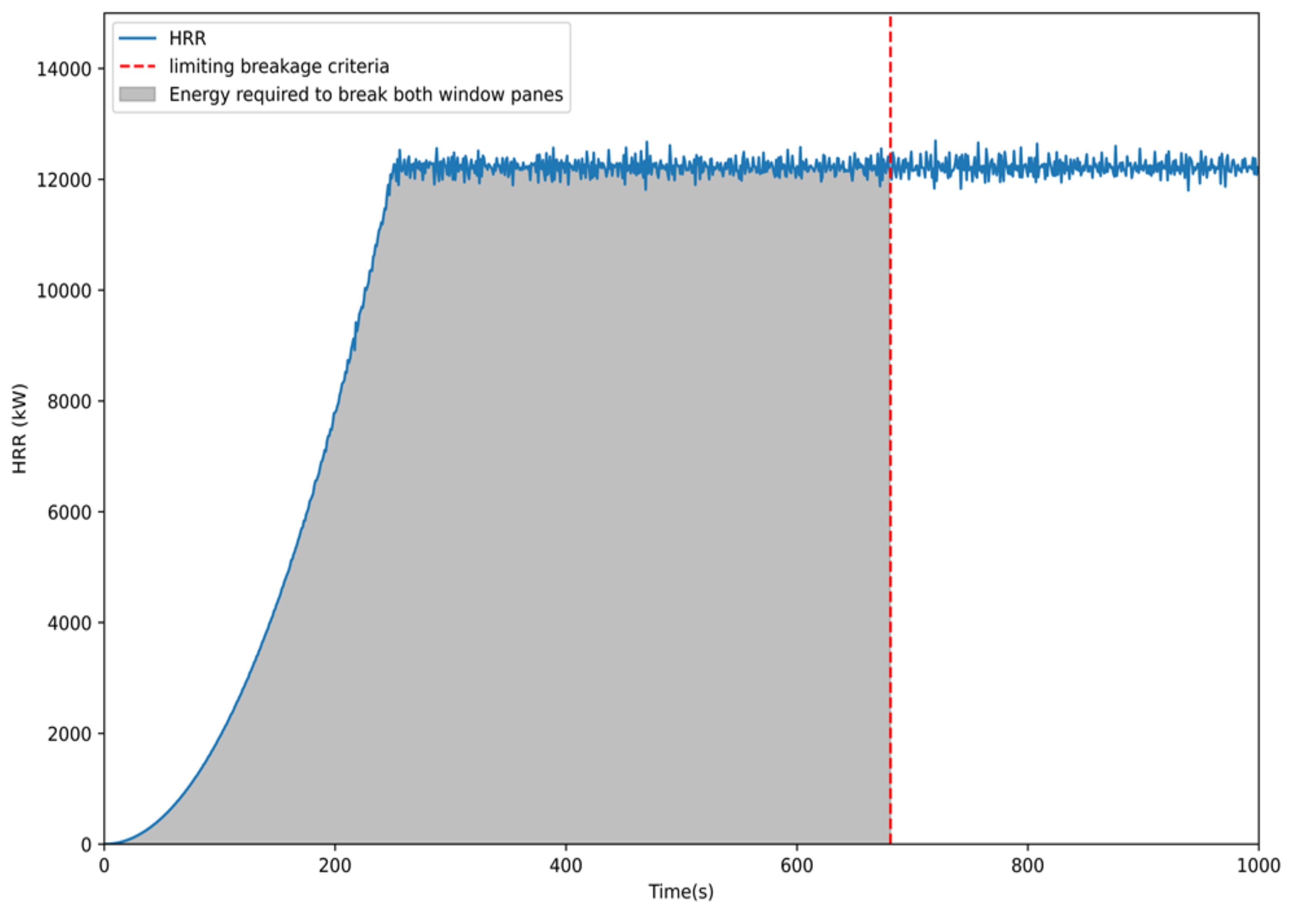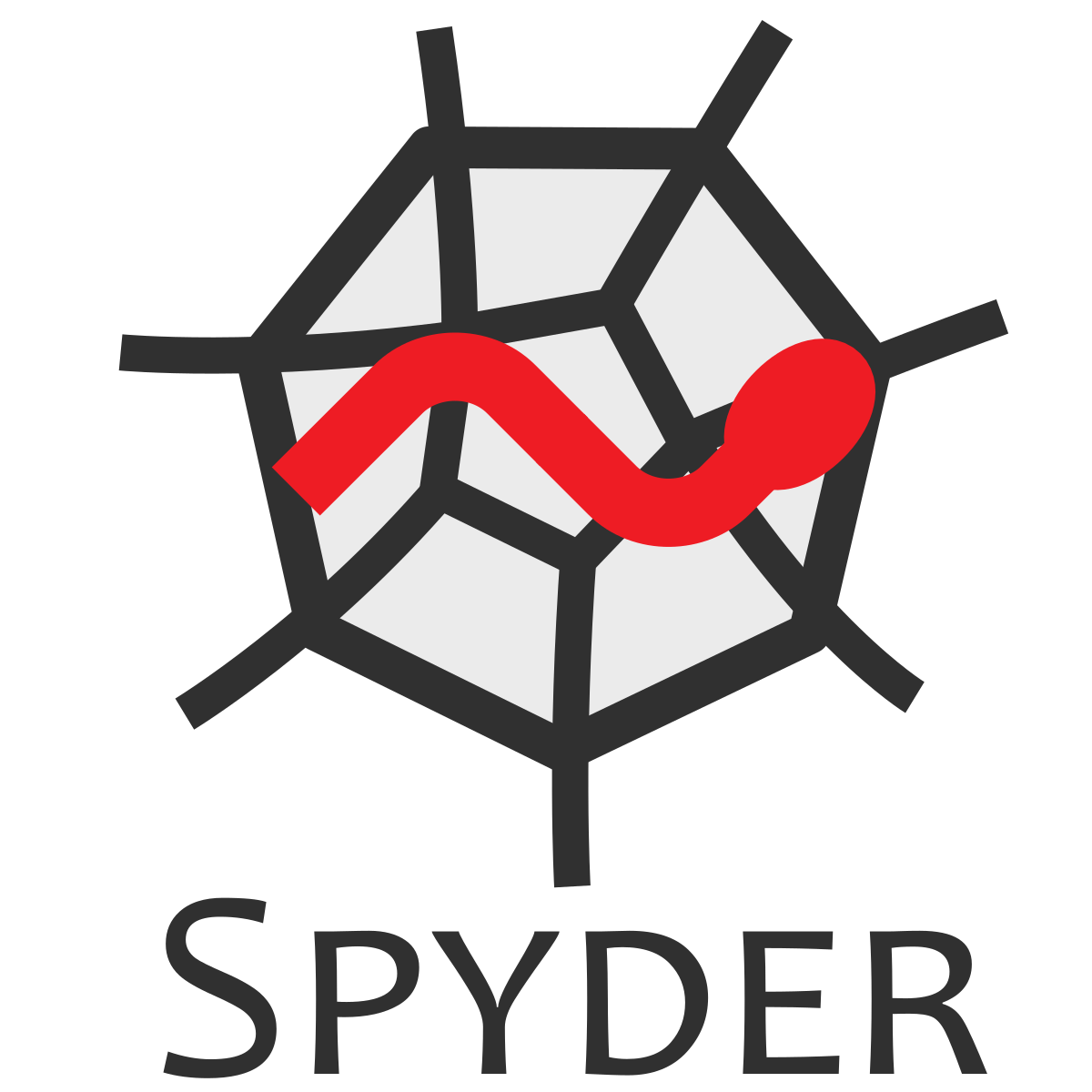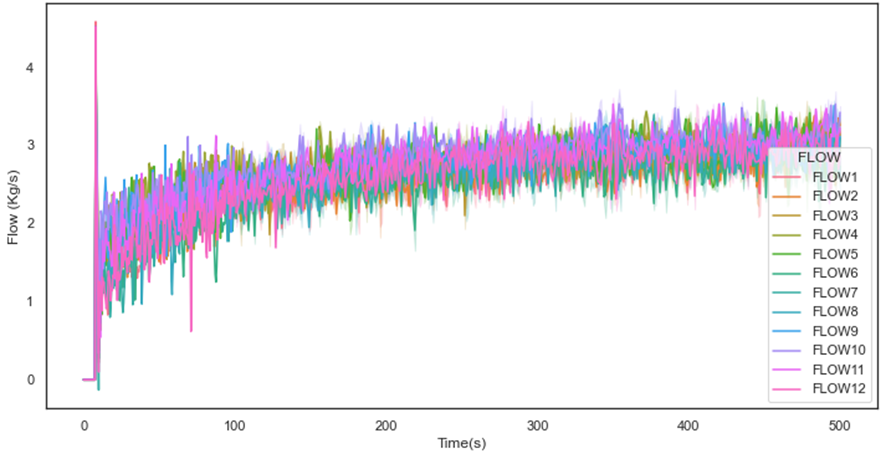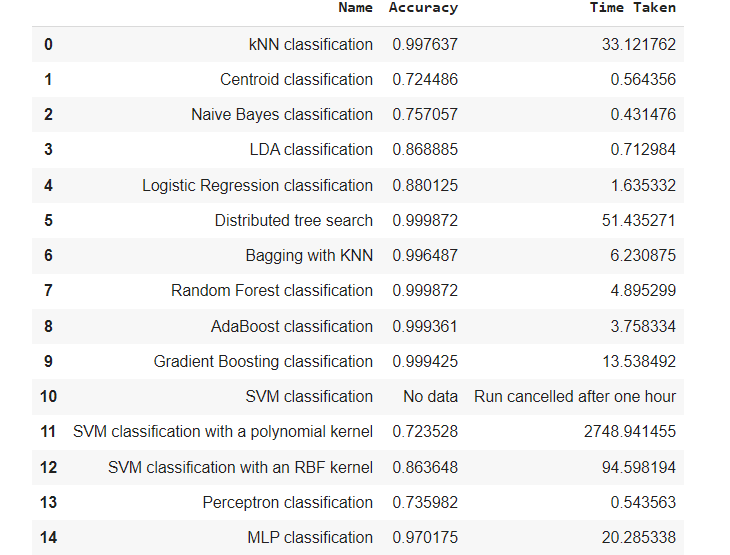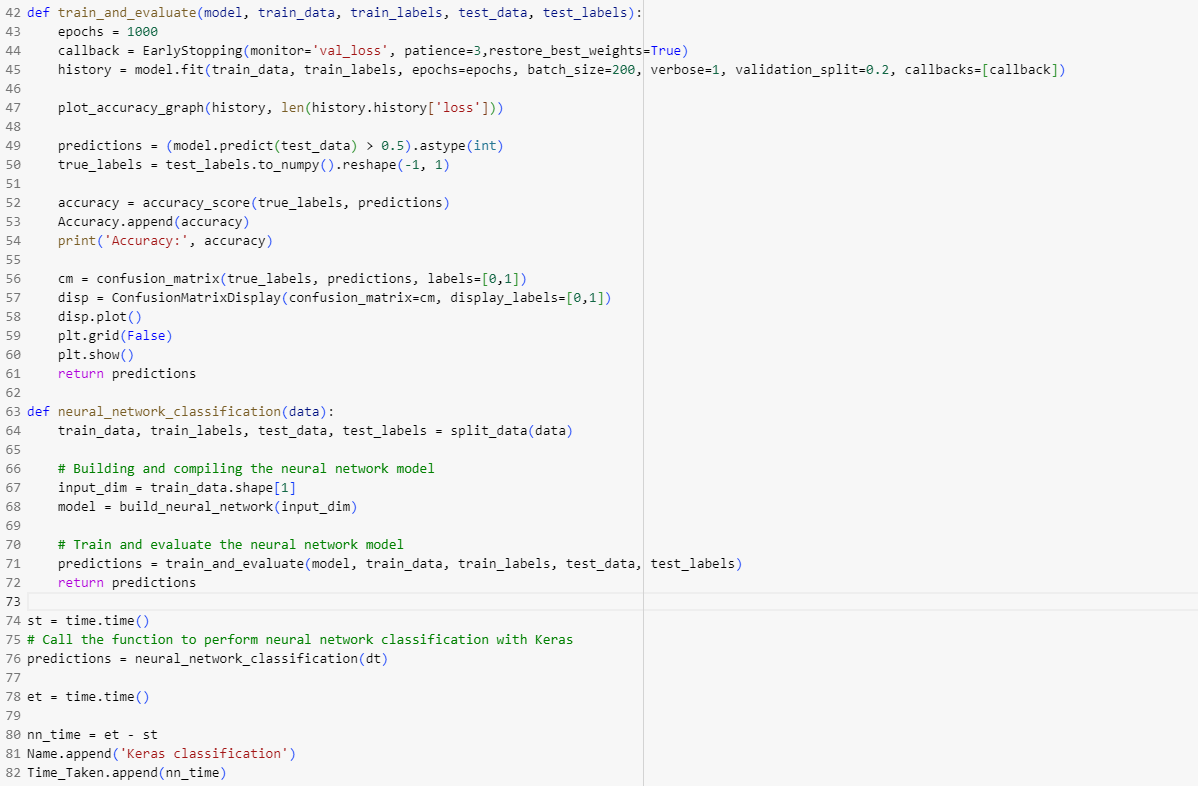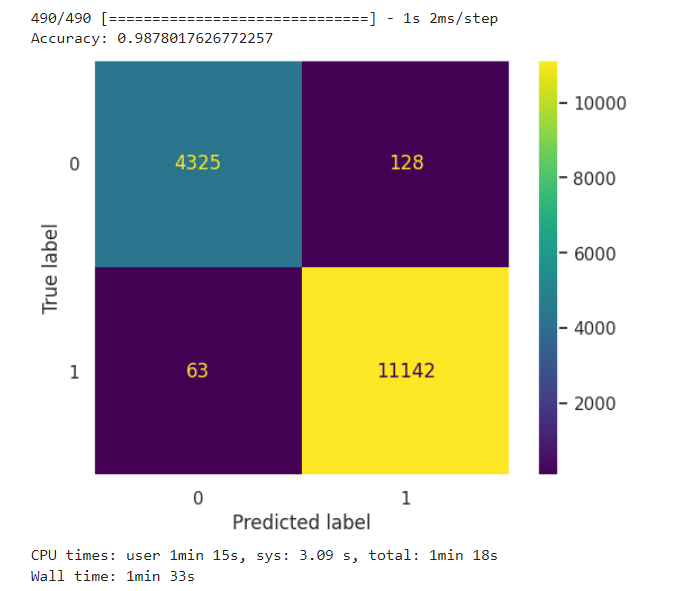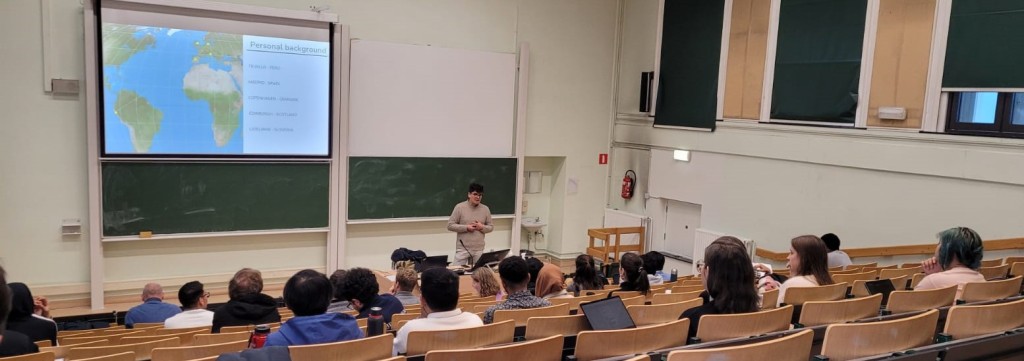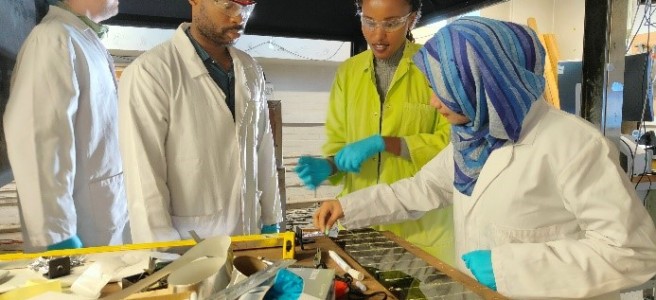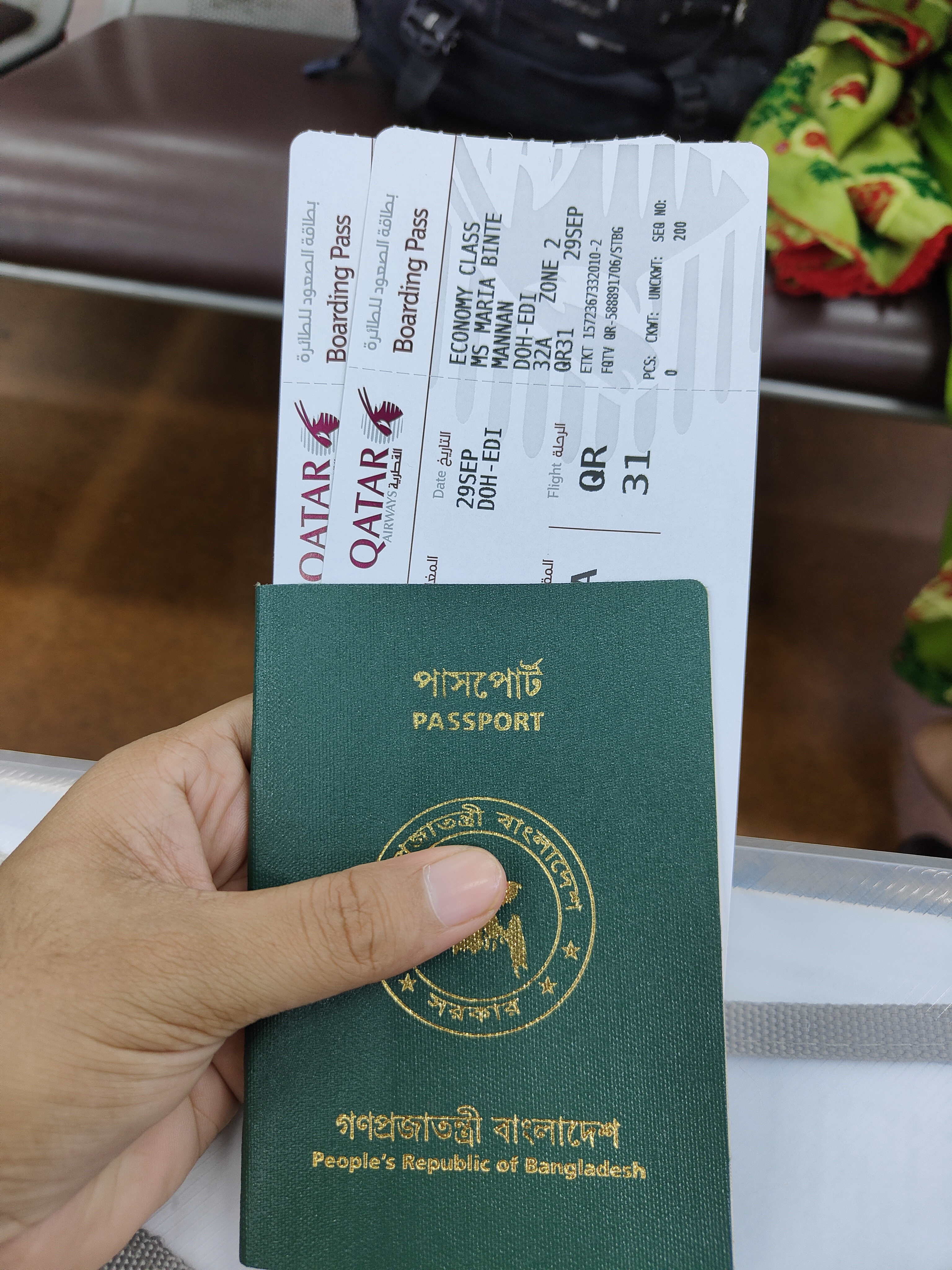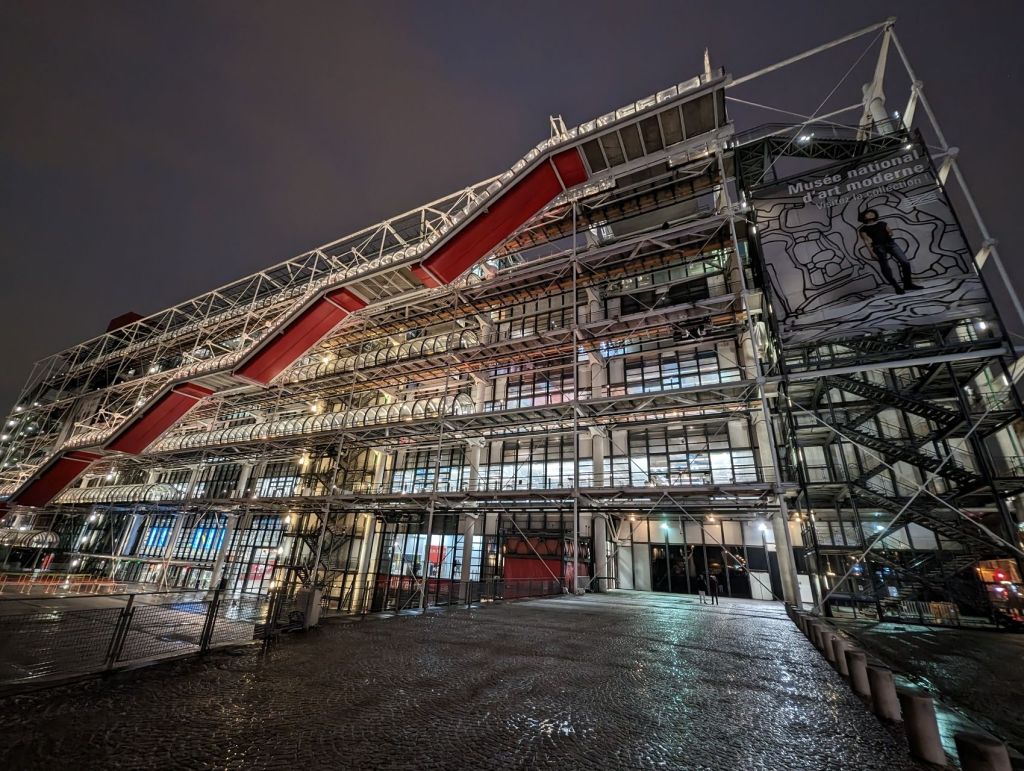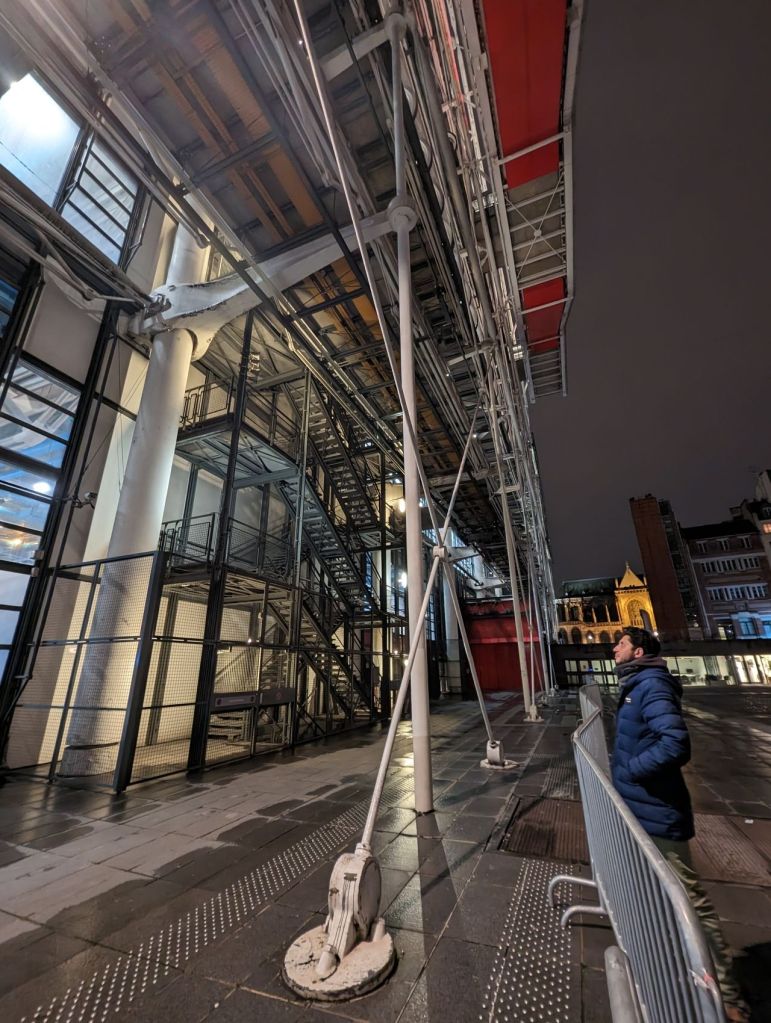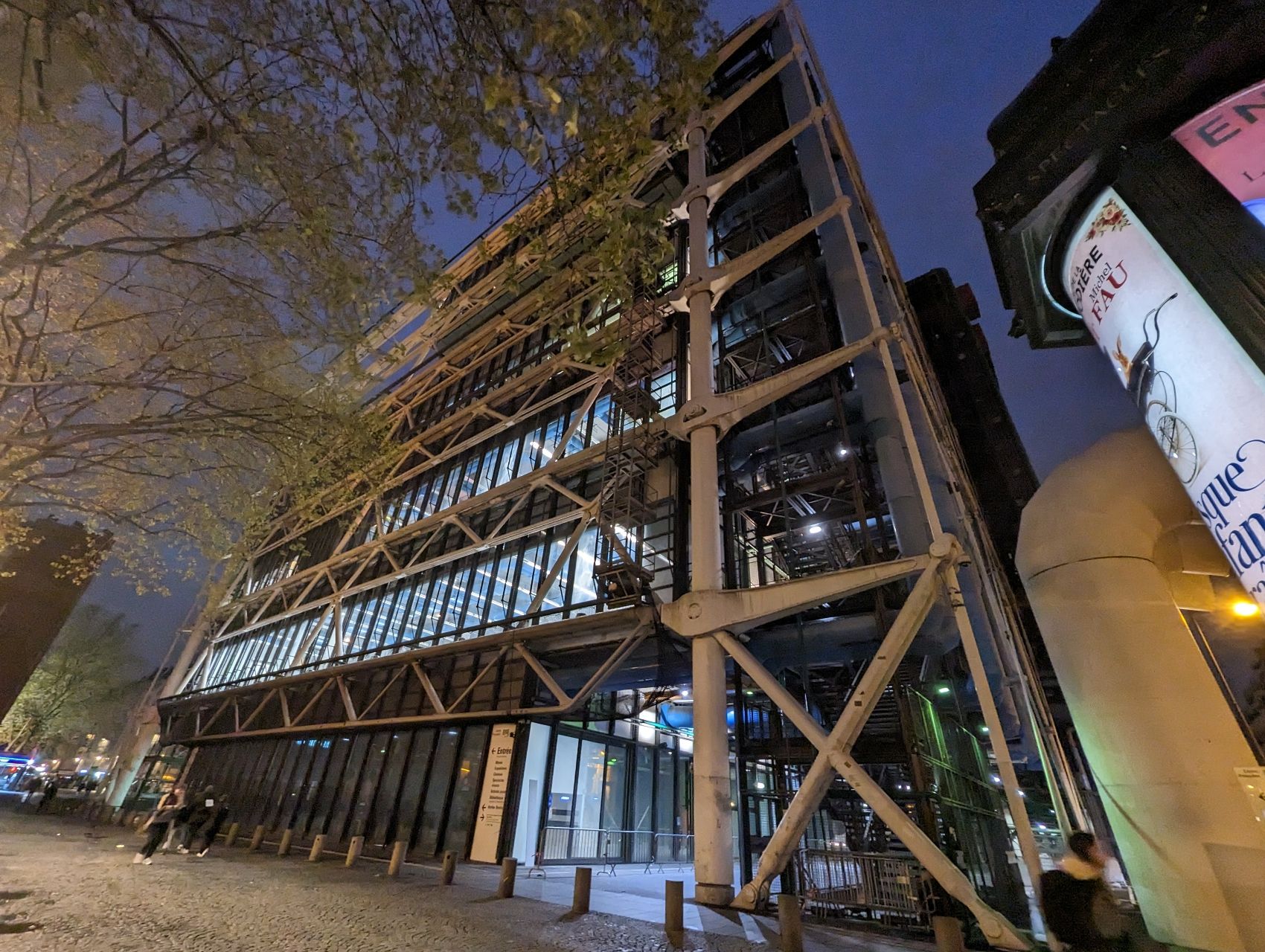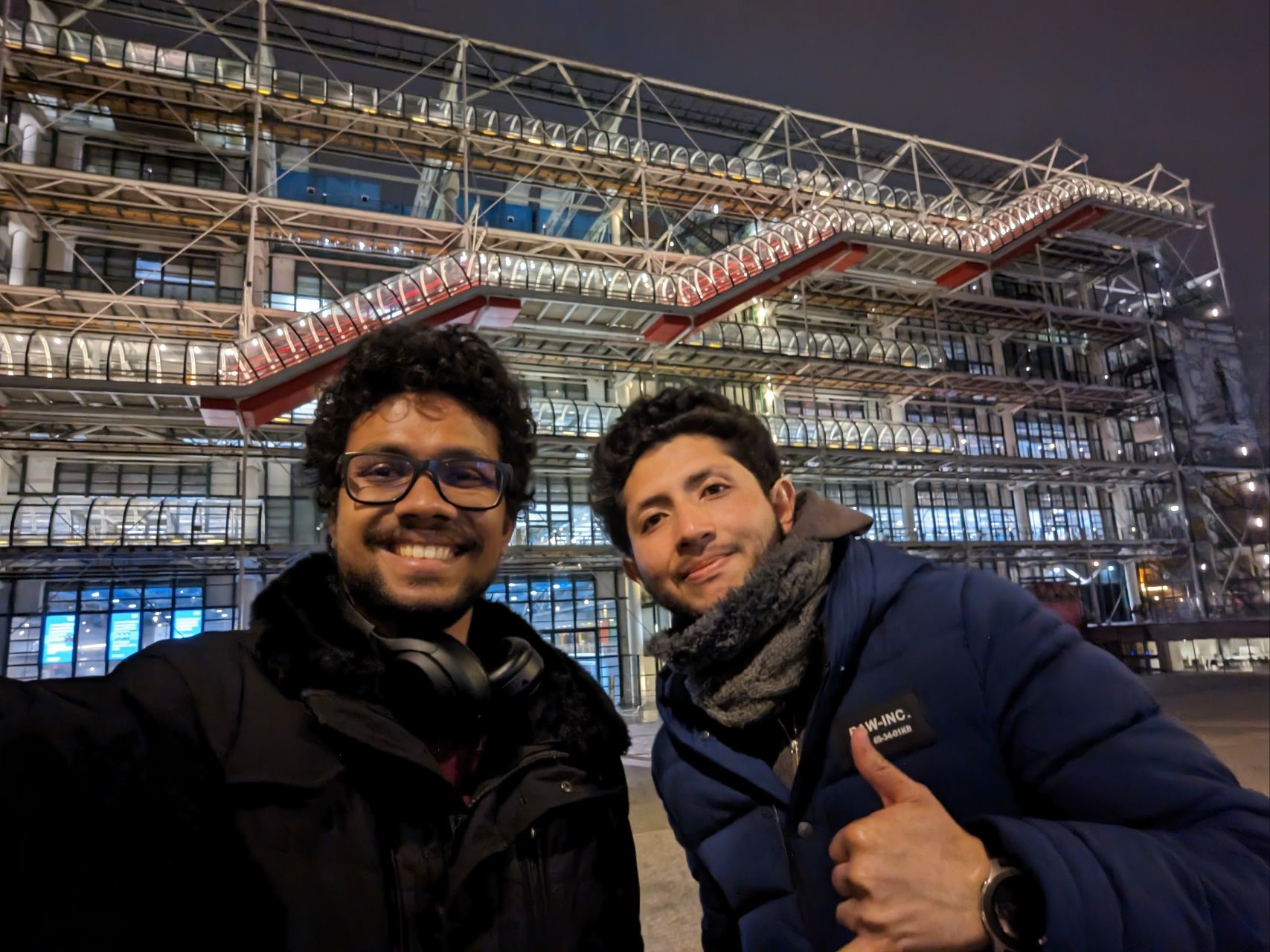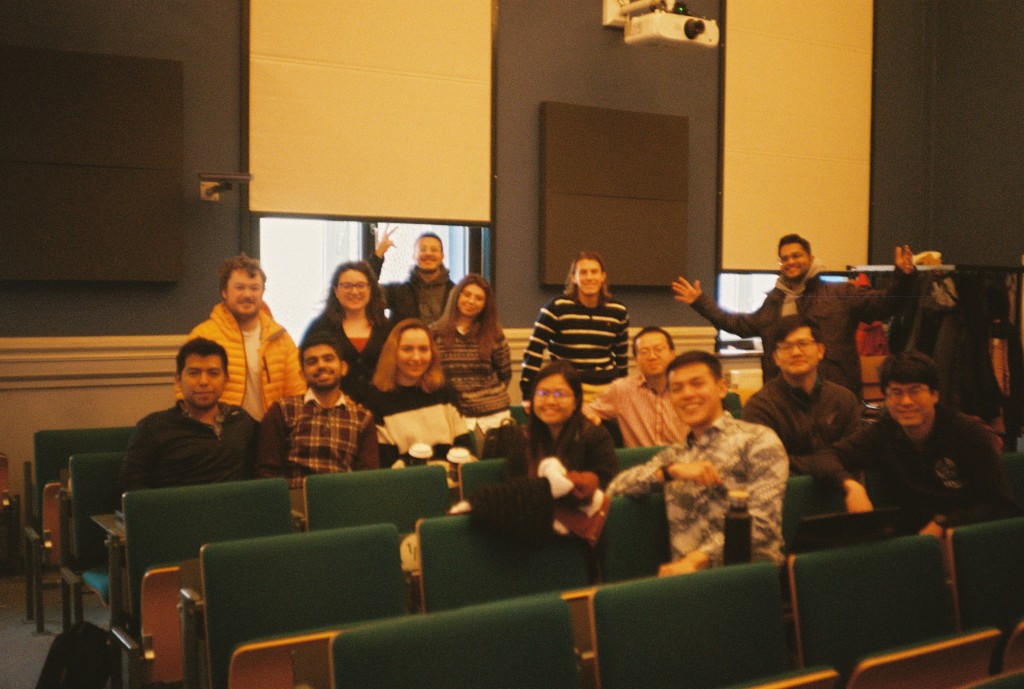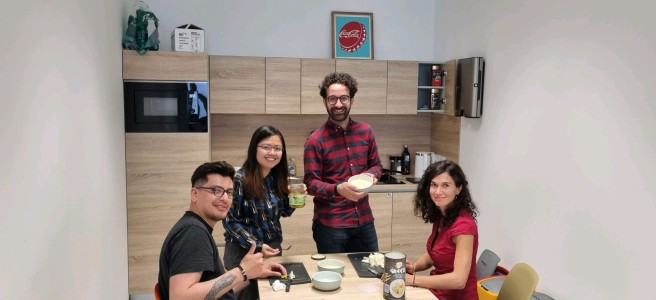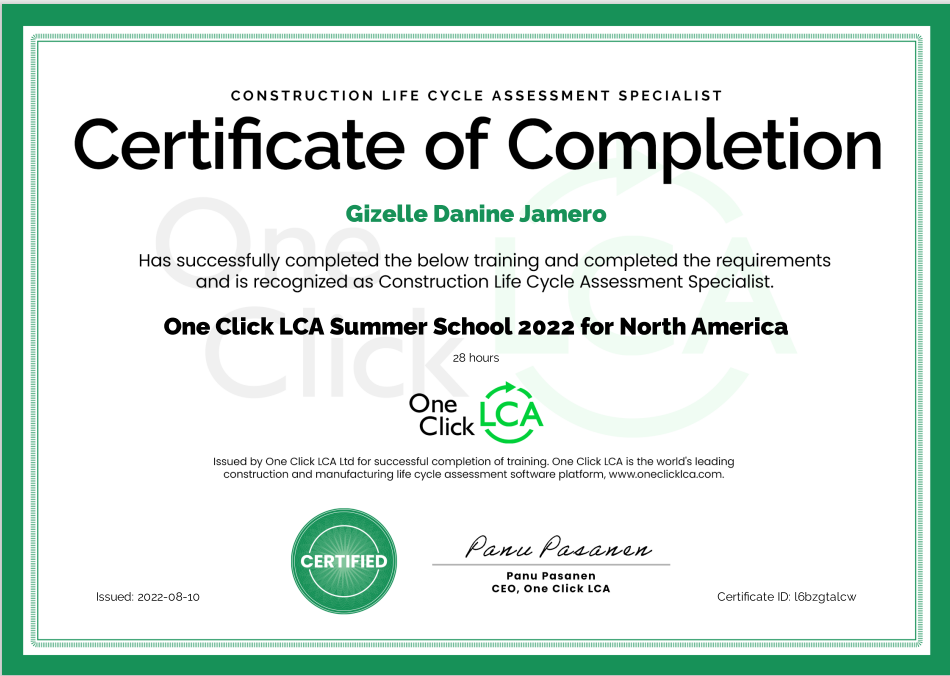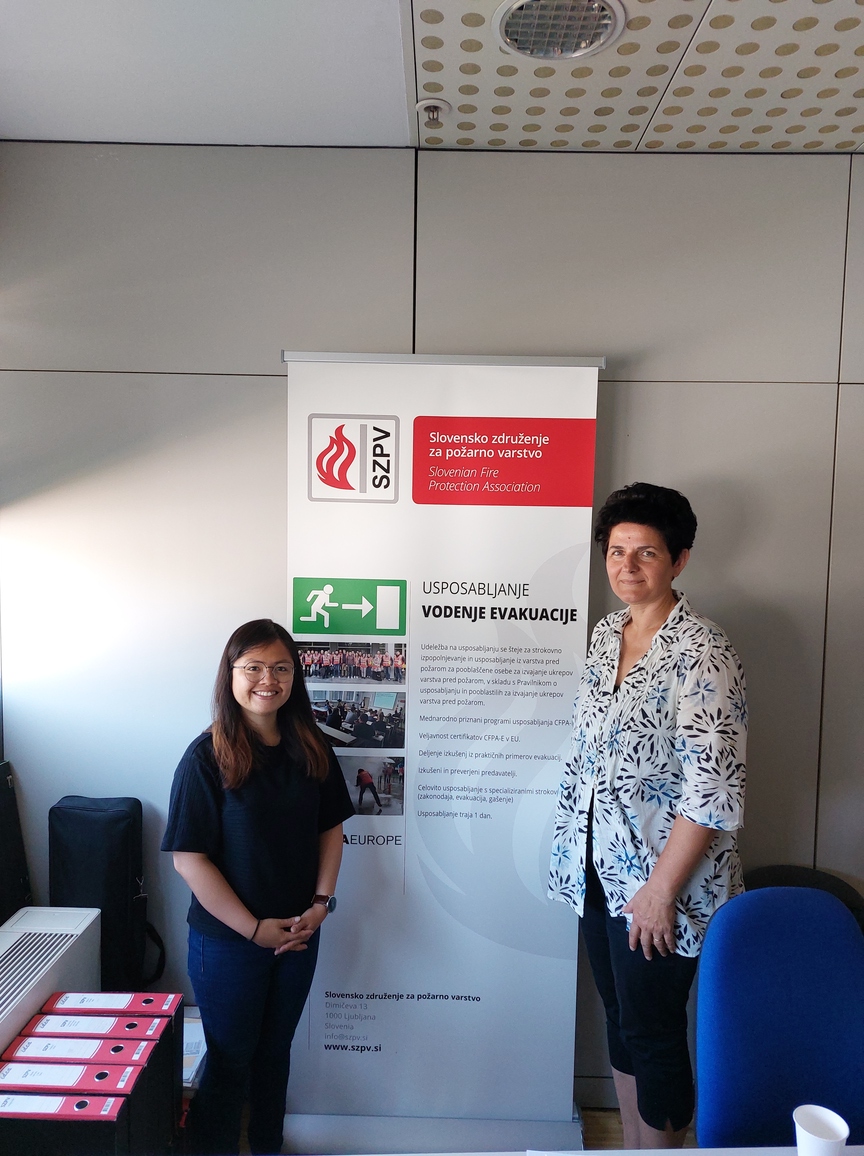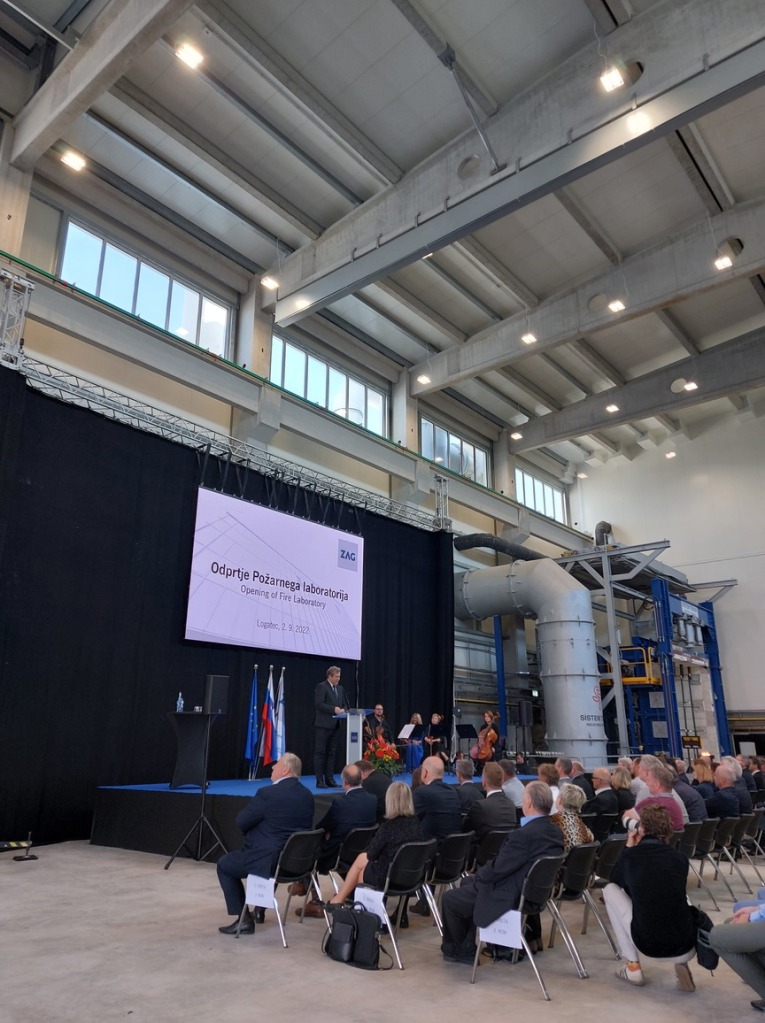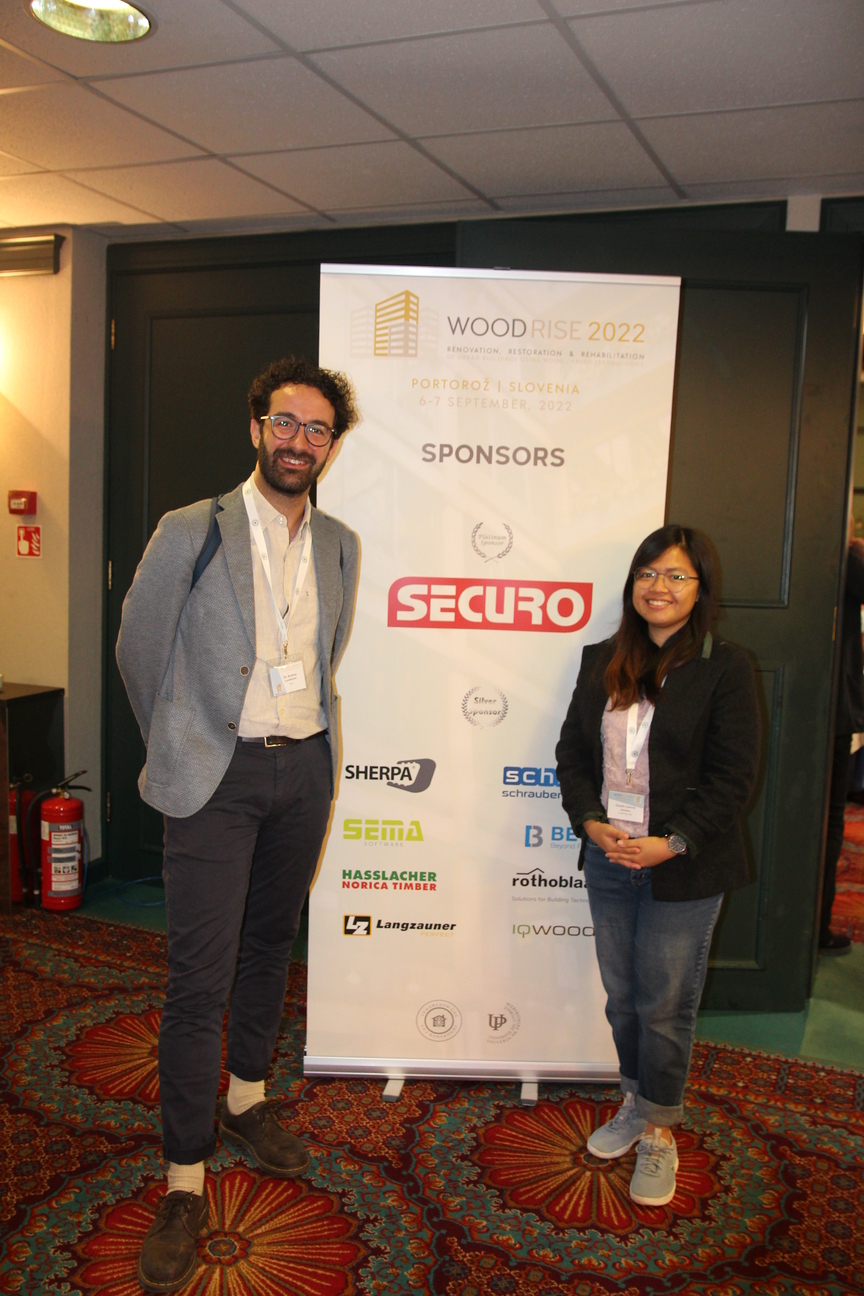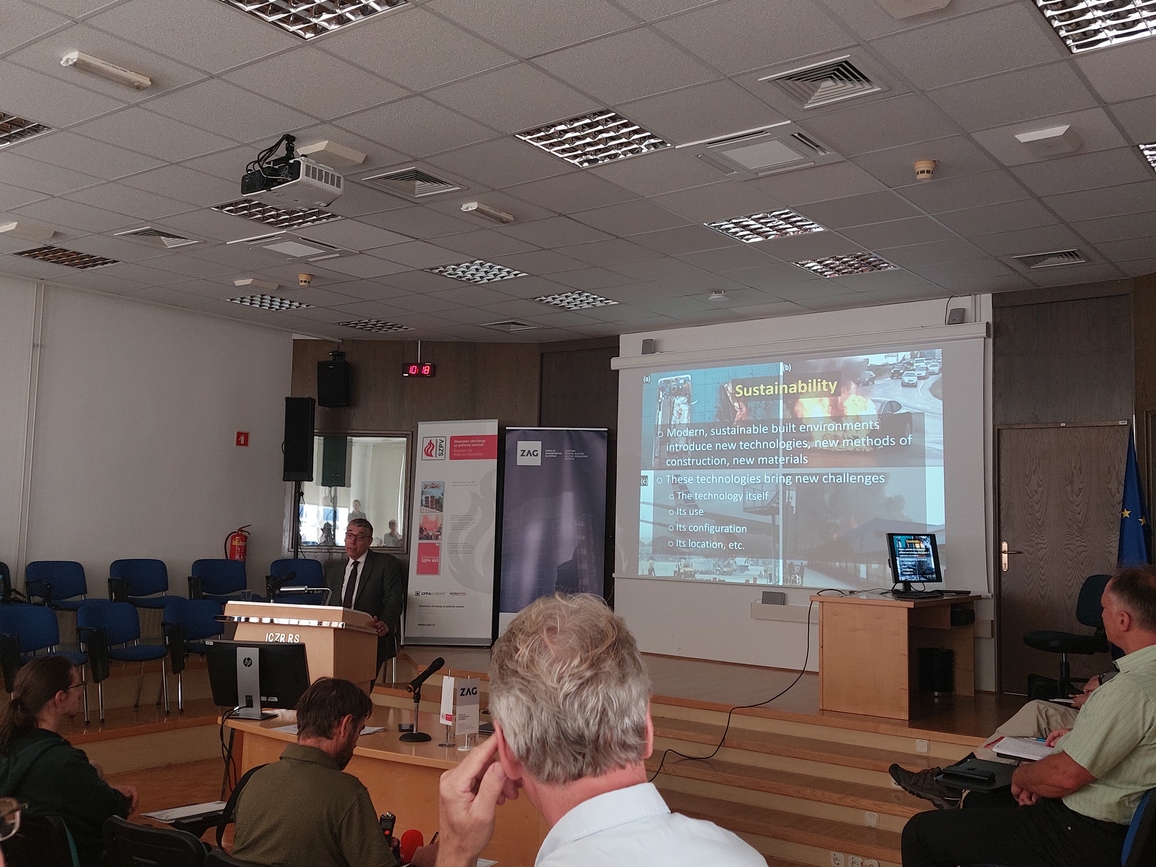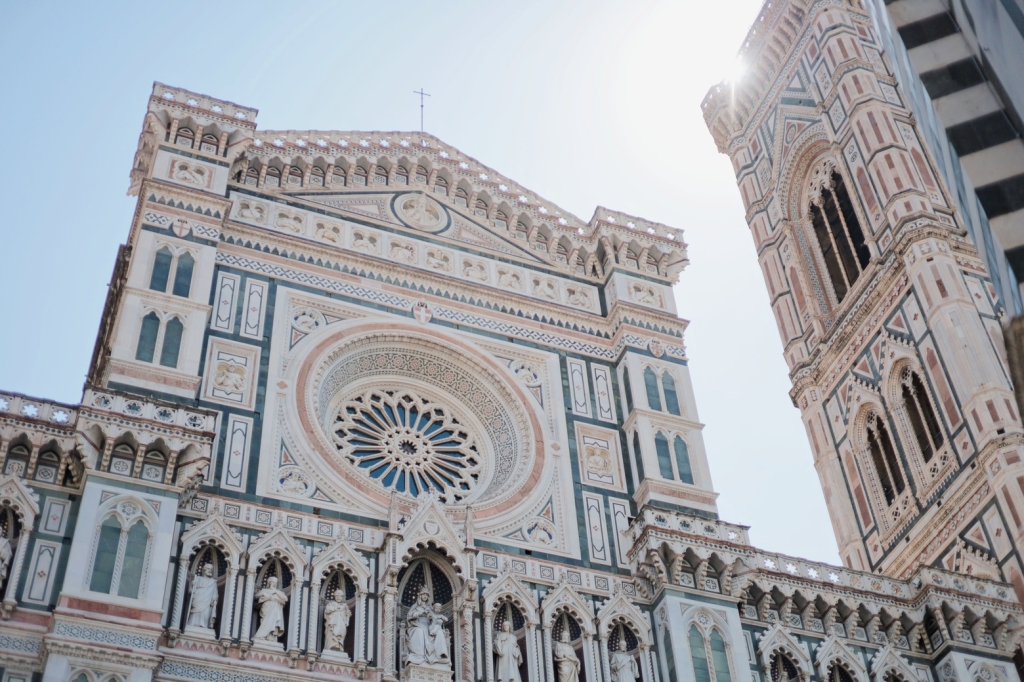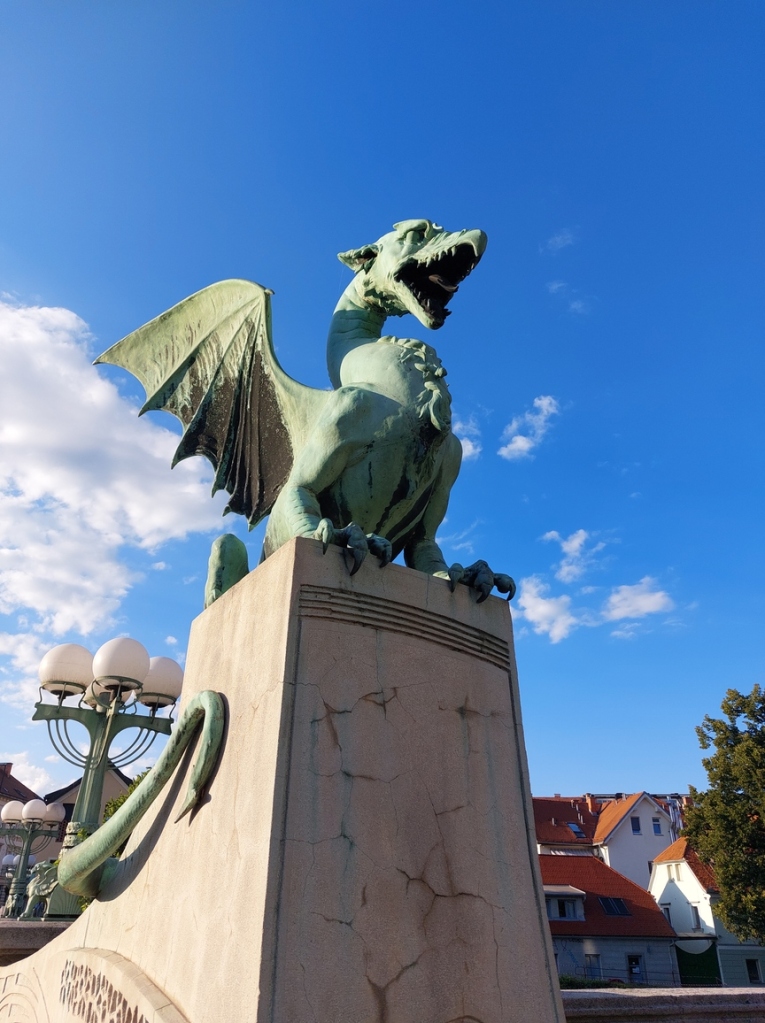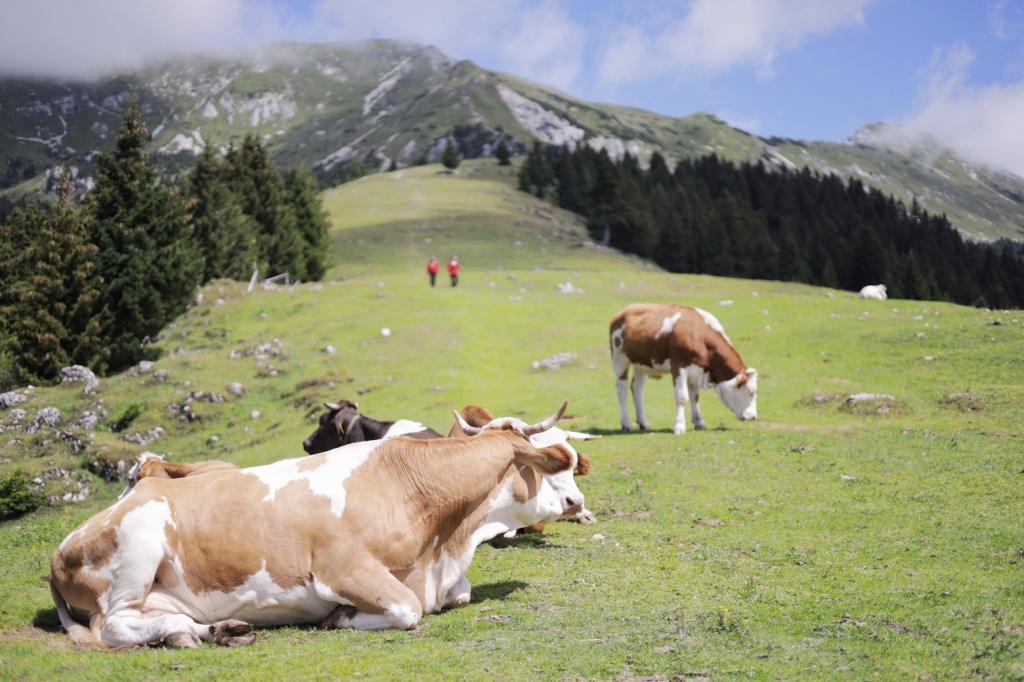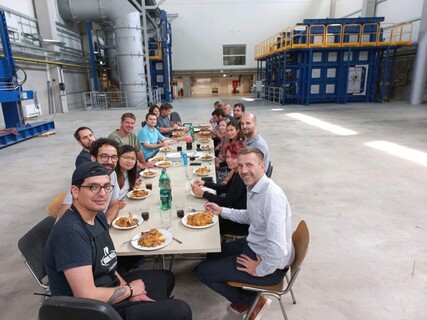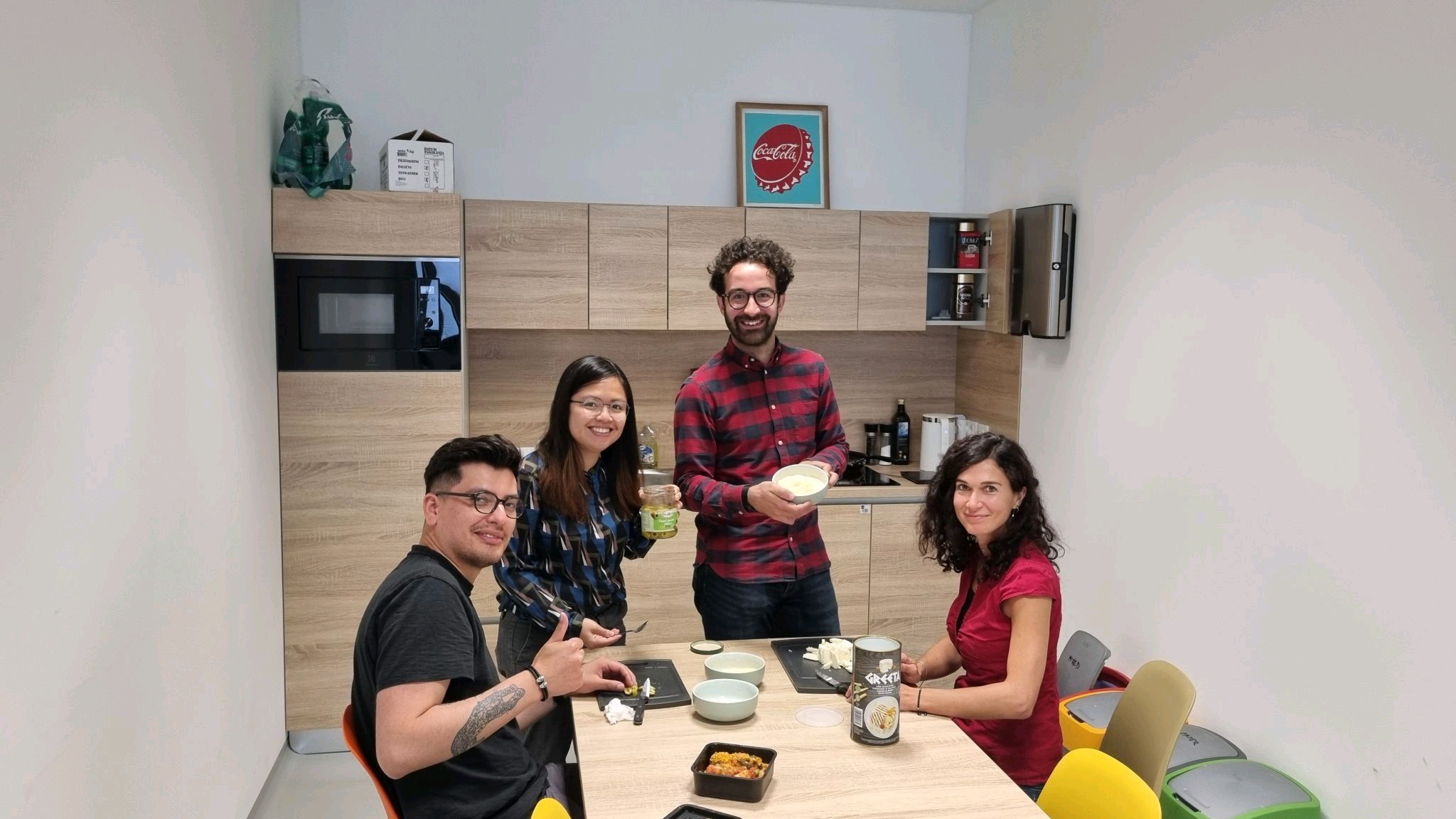Hello there!!!
Winter is almost over and spring is on its way, but I suddenly remembered my summer days when I heard that our internship study from last summer has published in a magazine. I thought it would be a great time to talk about our time in Slovenia last summer.
Choosing between summer holidays and internships can be a tough decision for many students. Initially, I faced the same dilemma, I eventually opted for the internship, driven by my passion for research and the desire to explore a new facet of Europe. However, I ultimately decided to seize the chance to do internship with the FRISSBE (Fire-safe Sustainable Built Environment) project at ZAG (Slovenian National Building and Civil Engineering Institute). This decision stemmed from my deep-seated interest in research-based work, aligning perfectly with my aspirations for pursuing a PhD in the near future. With the support of Grunde Jomaas, along with three other IMFSE colleagues (Ashwant Singh, Farith Hinojosa Coca, & Matheus Ponteus Lima), we got this opportunity at the beginning of the year.
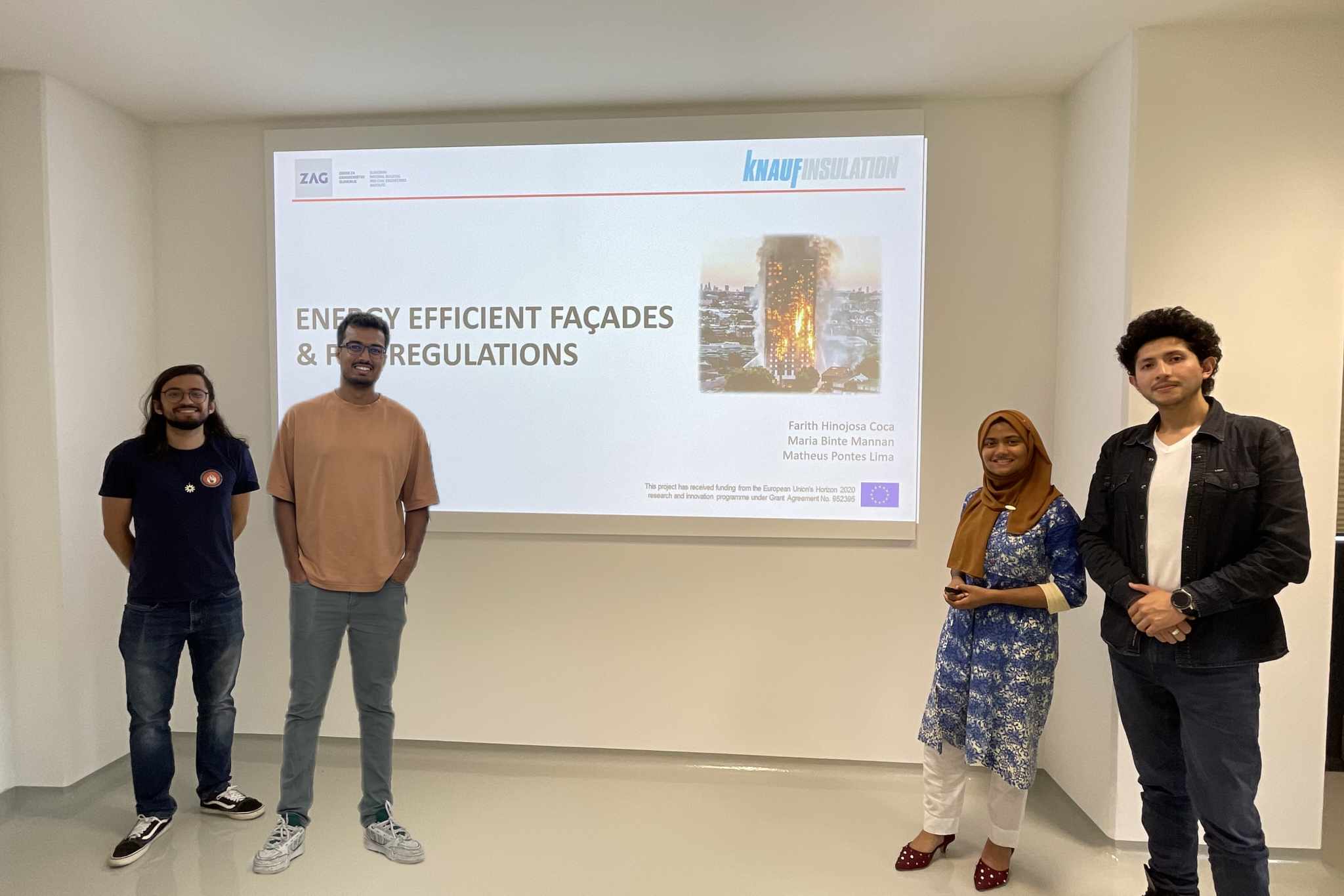
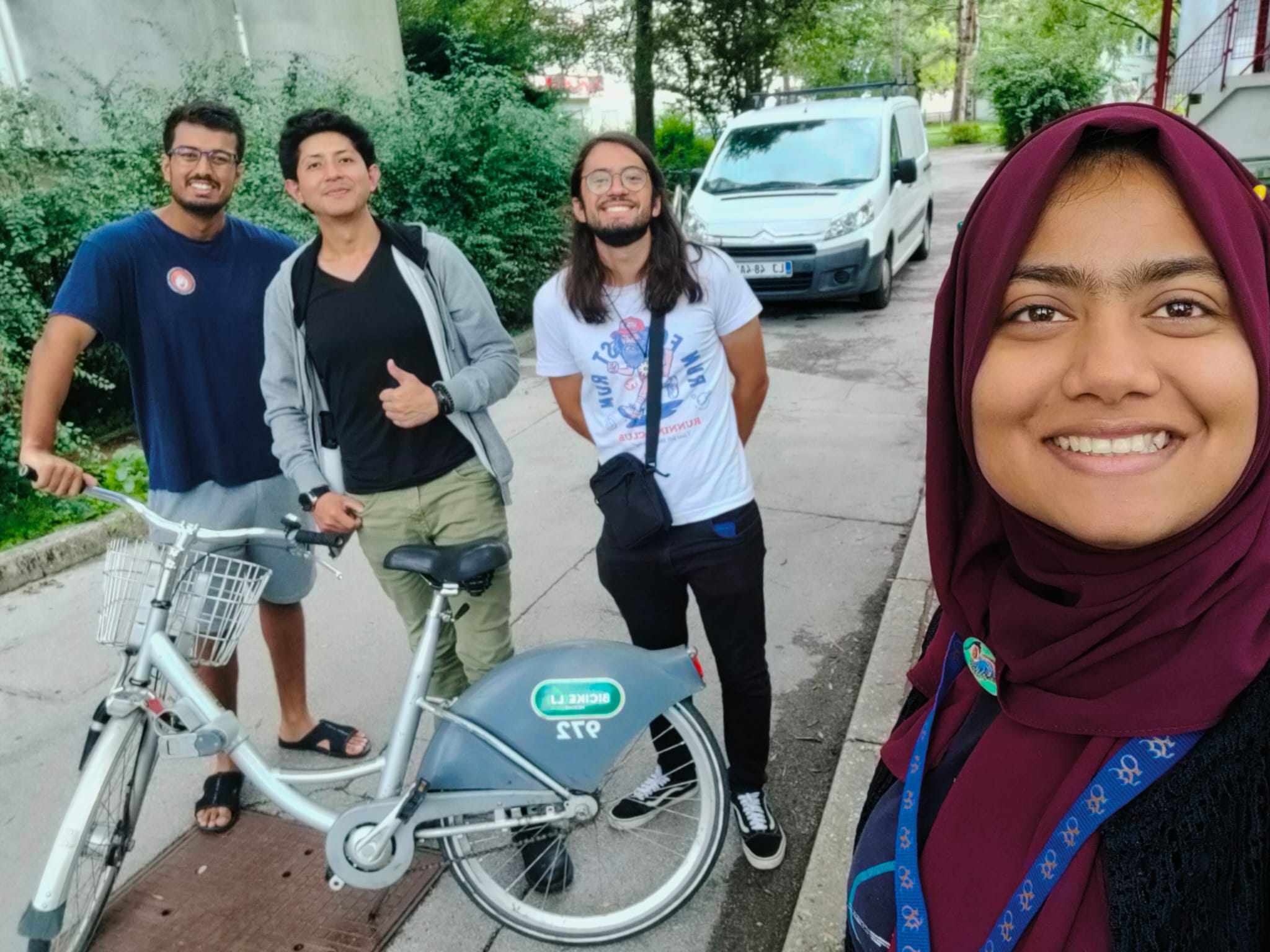
My journey to Slovenia, laden with luggage after five months in Lund, initially seemed fraught with challenges. Opting for a bus journey to Slovenia seemed practical at that time, though it turned out to be quite the misadventure. I vividly recall my arrival in Slovenia, greeted by two IAESTE members at the bus stop, who humorously remarked, “Did you bring all of Sweden with you?” It was a light-hearted moment that marked the beginning of an unforgettable experience.
Life in Ljubljana, facilitated by IAESTE, was nothing short of wonderful. We were provided with student subsidies for meals, fondly known as “Boni,” which allowed us to enjoy discounted meals twice a day. I really enjoy to cook my own food, but in Slovenia, I couldn’t resist trying out all the halal and vegan restaurants that accept the Boni coupons.
During our time with FRISSBE, our task was on conducting research in collaboration with Knauf Insulation on open-state cavity barriers for ventilated façades. Despite having completed one year of the IMFSE program, our exposure to passive fire protection was limited in that time (Passive Fire Protection is included in 3rd semester of Ghent University), making this internship an invaluable opportunity to delve into this aspect of fire engineering. Throughout our internship, we organized and conducted meetings with employees of different countries, to gather crucial information regarding the testing requirements for open-state cavity barriers. We delivered presentations, set up our testing campaign, conducted bench-scale fire tests, also analyzed and reported our findings. This experience felt like a precursor to our thesis work, and we’re proud to have our findings published in WFM Media (Pages 8-14).
In addition to our primary research tasks, we were fortunate to participate in the 3rd traditional seminar titled “FIRE TAKES NO VACATION: Engineering Methods for Fire Safety Design.” The seminar focused on performance-based methods, particularly emphasizing Computational Fluid Dynamics (CFD). We also attended an internal workshop on research careers, funding, and publishing, where I had the opportunity to prepare an introductory presentation on Professors José Torero and Bart Merci. The event featured presentations from esteemed experts like Professors José Torero, Bart Merci, and Grunde Jomaas, providing an enriching experience for all attendees. Personally, listening to Prof. José Torero was an amazing and unique experience, his words resonated with my first semester experiences at the University of Edinburgh.
Beside this, we had a wonderful opportunity to visit to visit the R&D facilities of Knauf Insulation (KI) in Škofja Loka, Slovenia. The visit was immensely beneficial for us, throughout the full-day visit, we explored various departments, starting with the acoustic laboratory to understand the significance of sound absorption, sound insulation, and how these concepts influence the decision-making about insulation products. Moreover, we delved into the materials laboratory to learn about KI’s materials, products, and testing processes.
Amidst our busy schedules, we also found time for leisure, organizing an Intern Special BBQ in Logatec. Additionally, we cherished daily lunches together, often enjoying Ulises’ special Panini in the dining area. These tiny moments added a delightful dimension to our internship experience. Reflecting on those summer days, our usual mode of transportation to Logatec from Ljubljana involved carpooling, but occasionally, we opted for train rides to accommodate our work schedules. Let me tell you, the train journey was nothing short of spectacular, offering breathtaking views that left a lasting impression.
Within our internship commitments, we were fortunate to have breaks to explore Slovenia’s treasures. We visited so many places in Slovenia, trust me you won’t believe how much Slovenia has to offer unless you go there. Ljubljana, the heart of Slovenia, was easily navigable via public transport, with discounted weekend bus fares and organized trips by IAESTE adding to the adventure. Also, I had the opportunity to visit neighboring countries like Croatia, Hungary, and Italy, each offering its own unique charm.
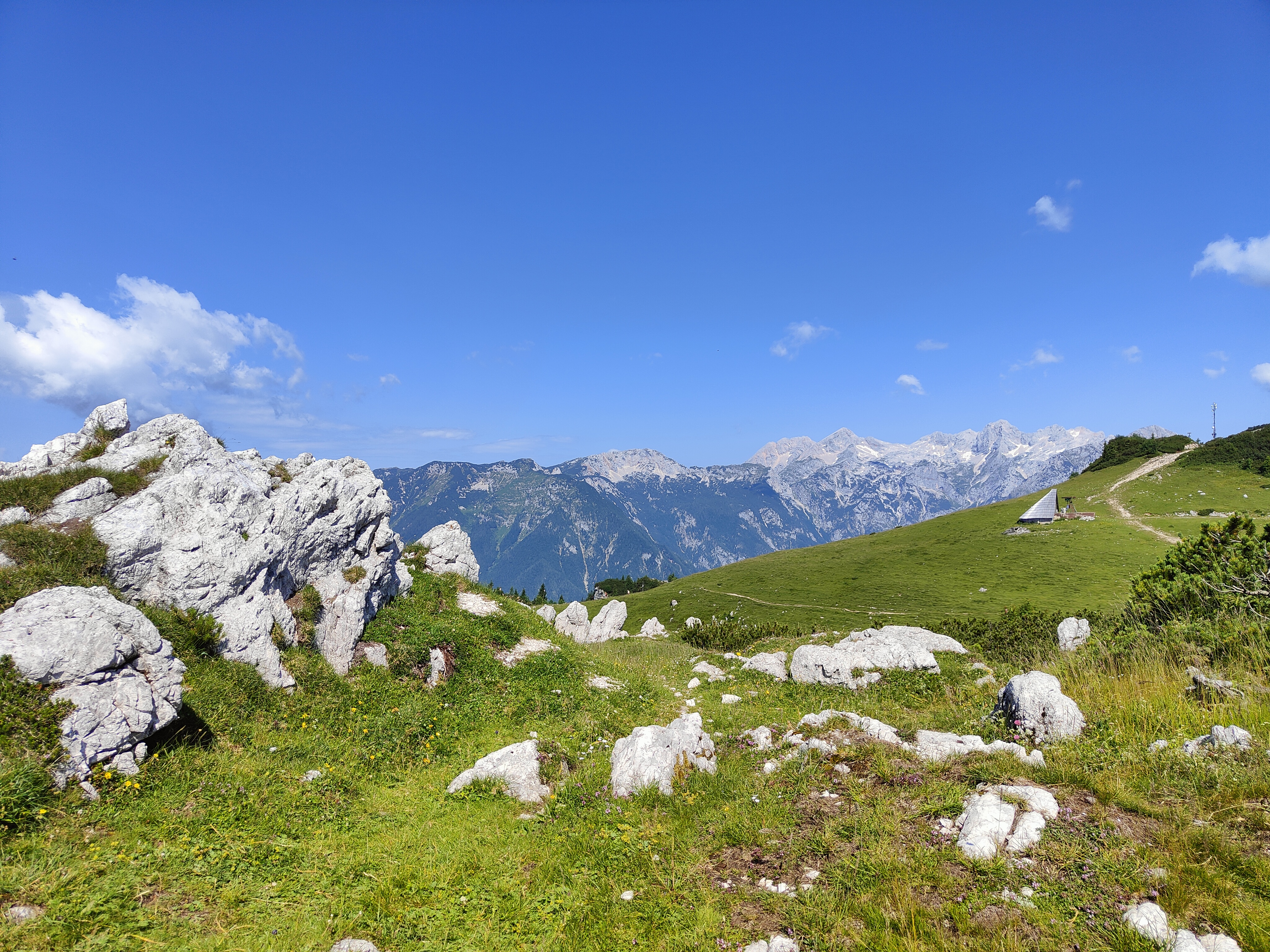
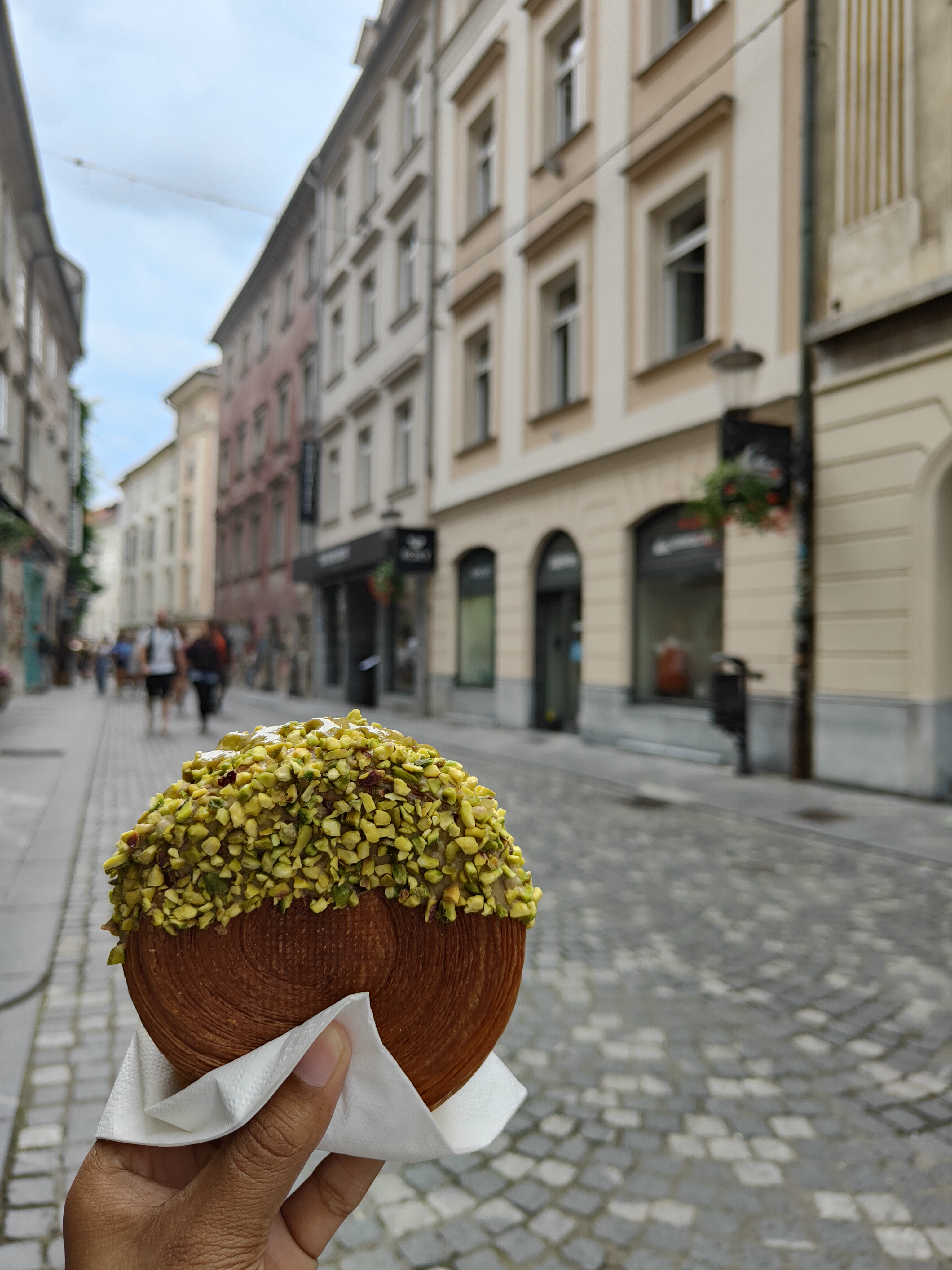
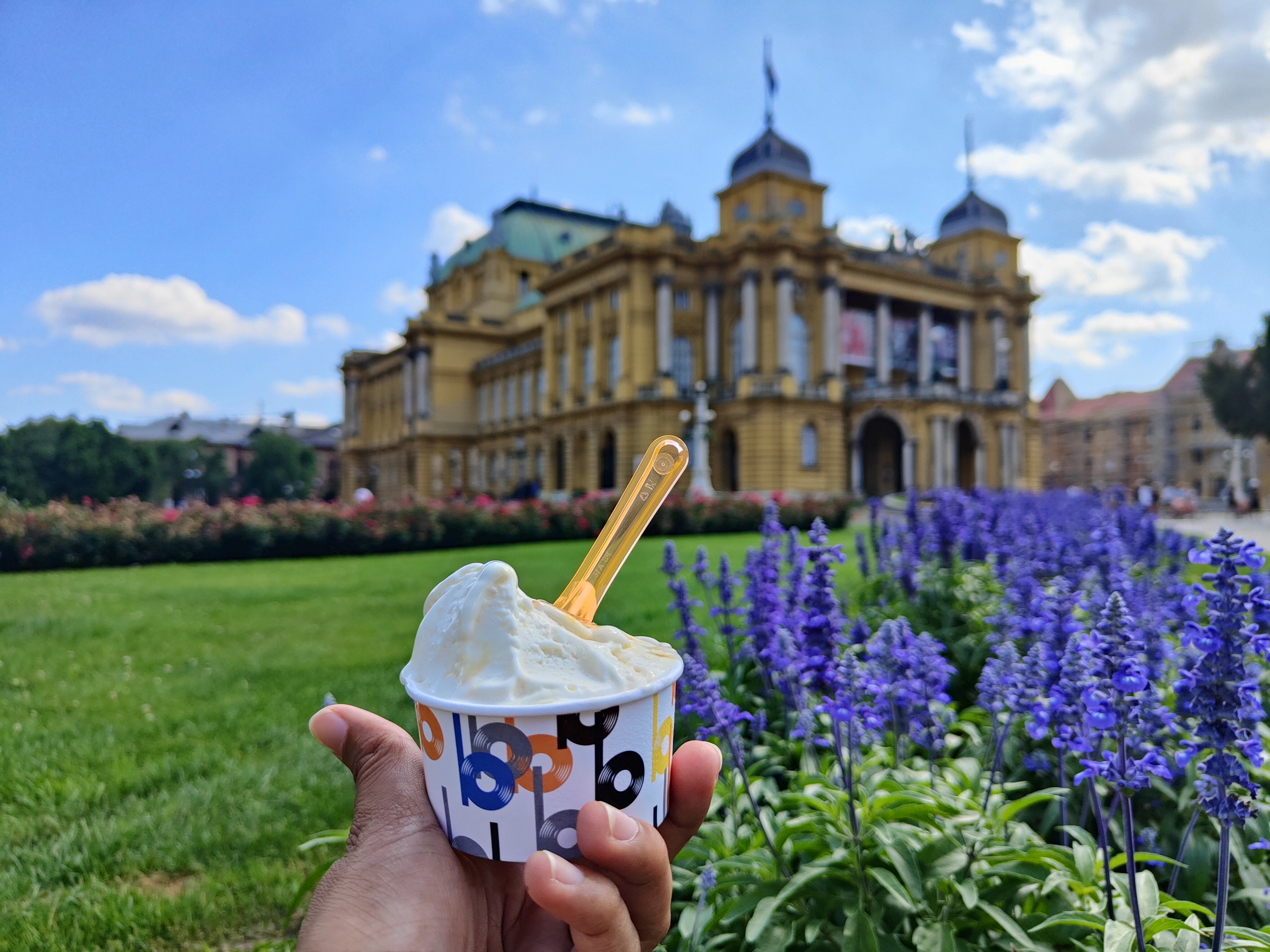
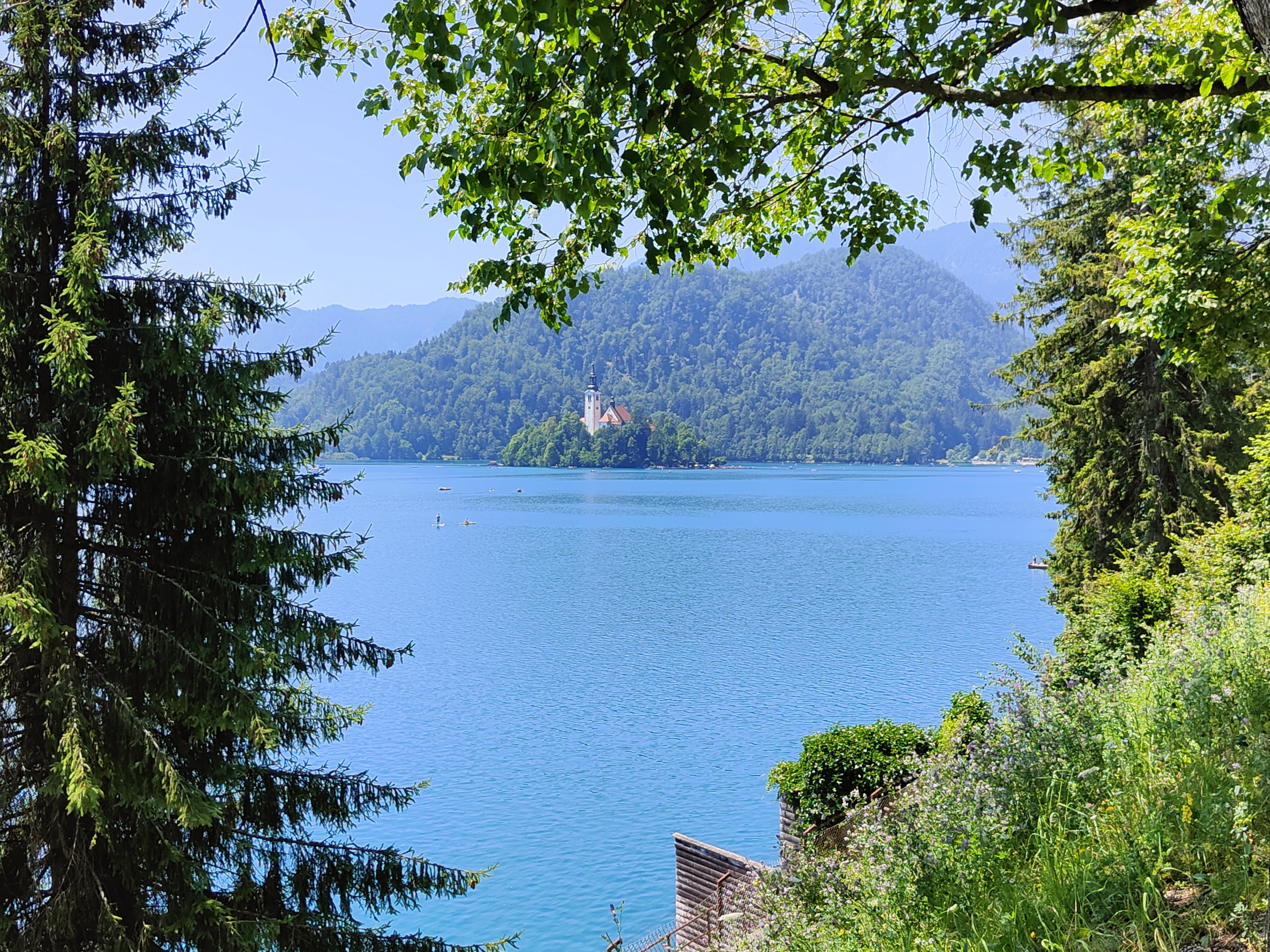
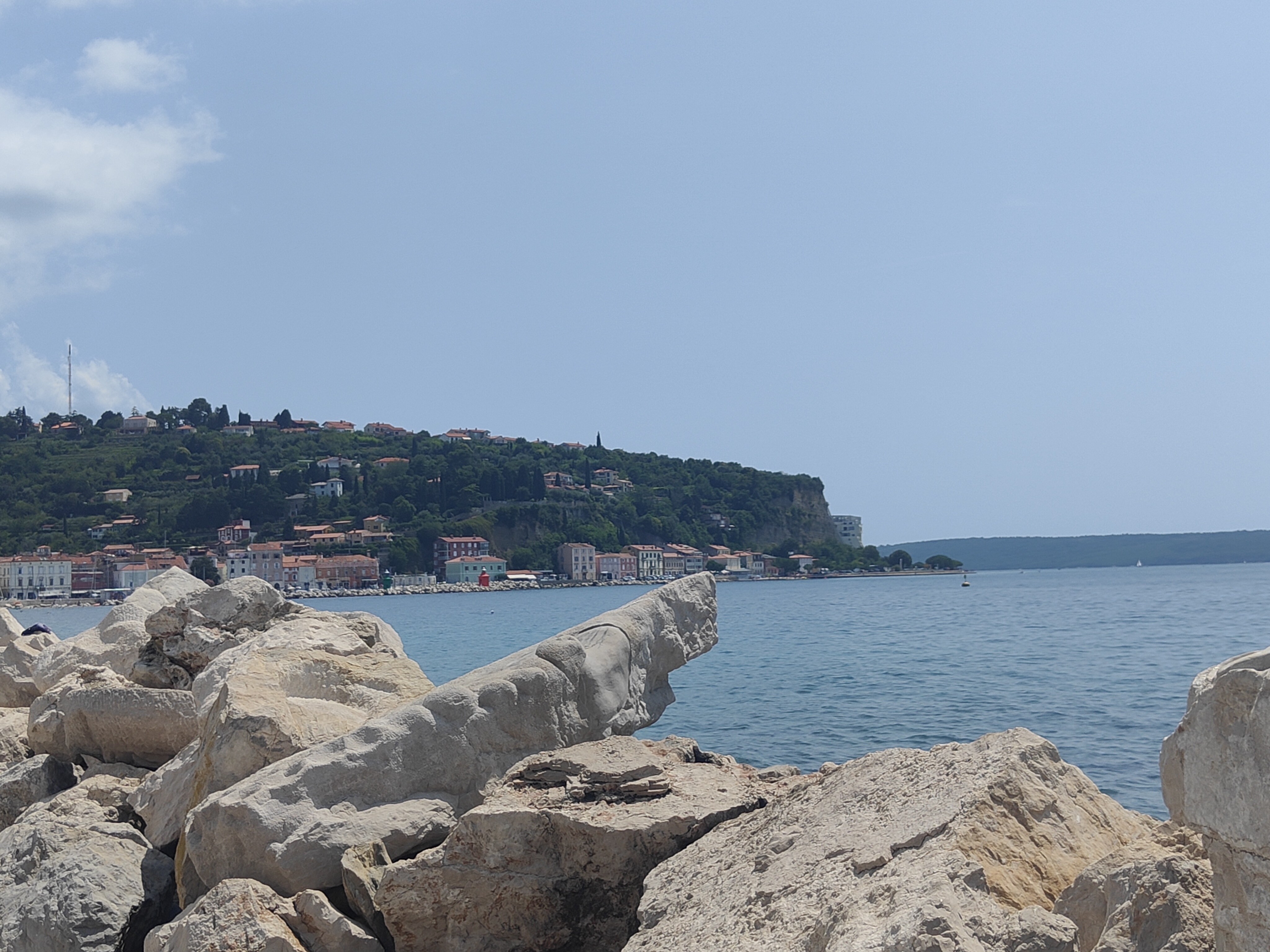
The seamless communication and the sheer beauty of Slovenia left me awestruck. Undoubtedly, choosing to intern at FRISSBE was the best decision I made. I am immensely grateful to Grunde Jomaas and Amaya Oscar for entrusting me with this opportunity and for their unwavering guidance. I also extend my gratitude to Frederick Knez, Andrea Lucherini, Ulises Rojas Alva, and the entire ZAG team for their support throughout the summer.


